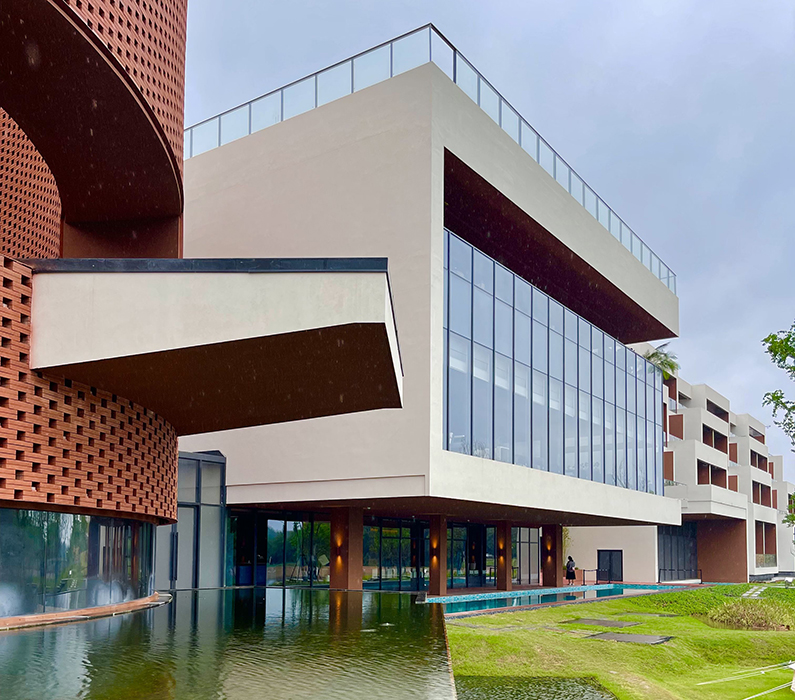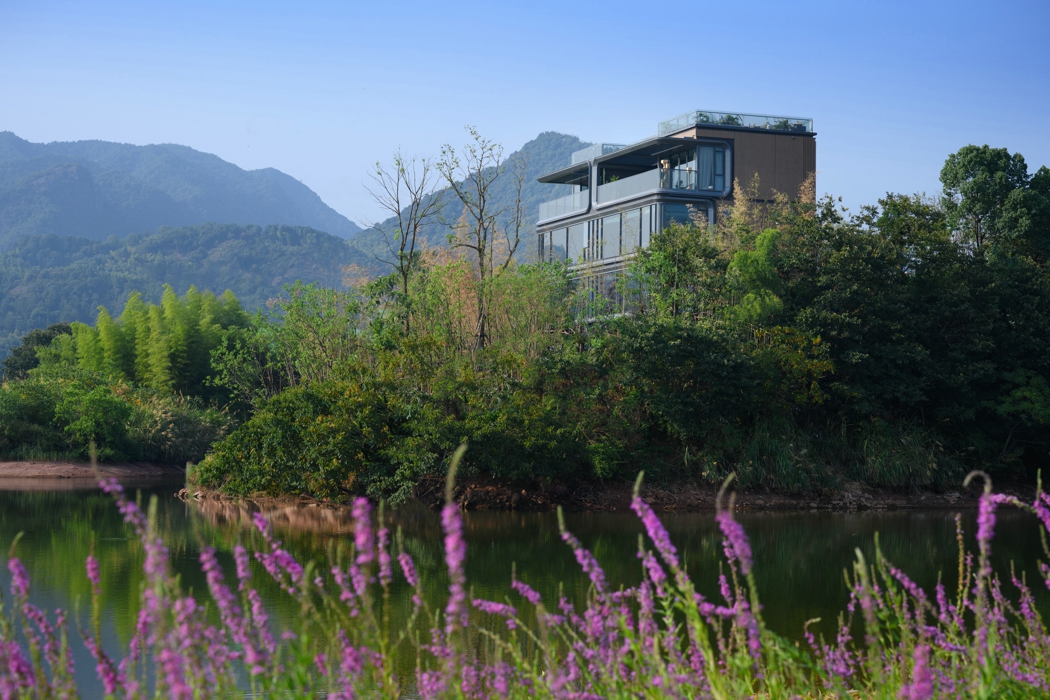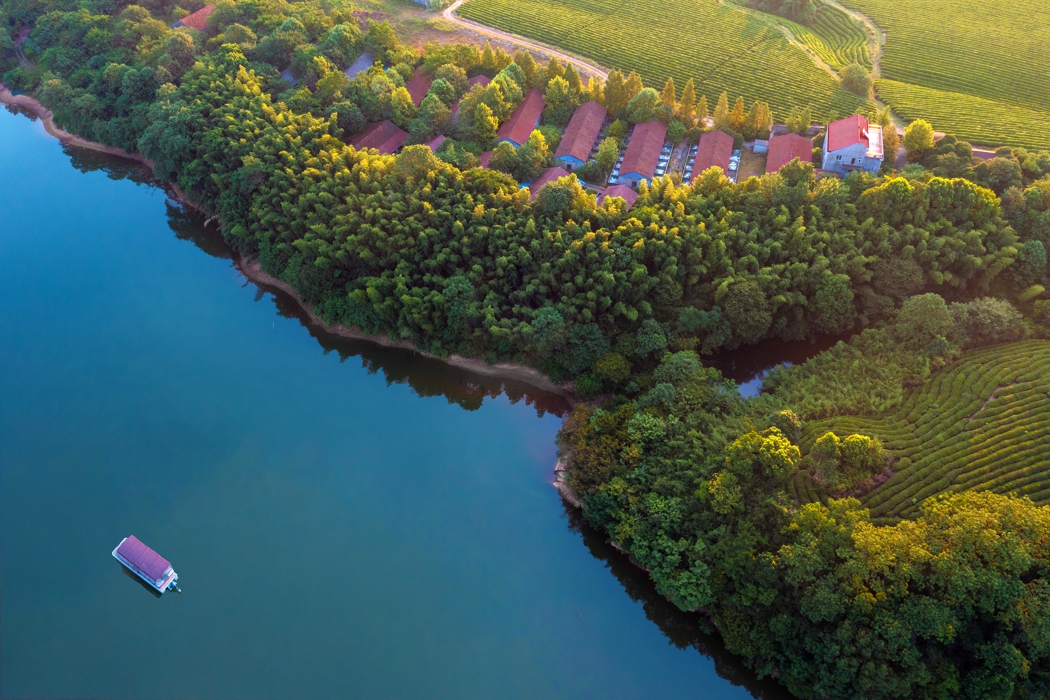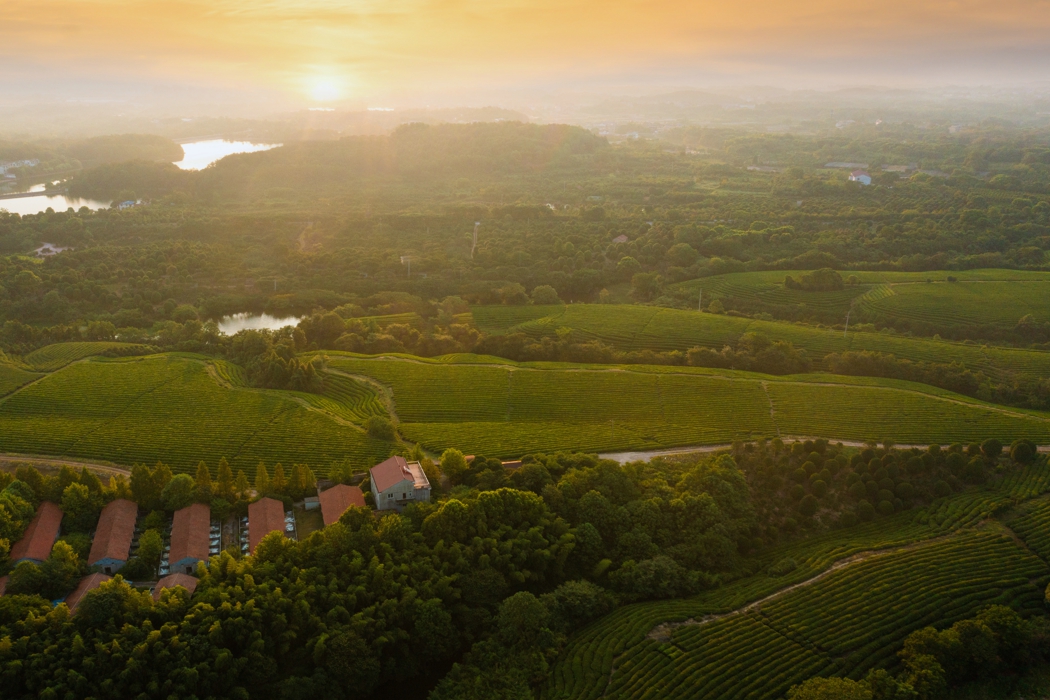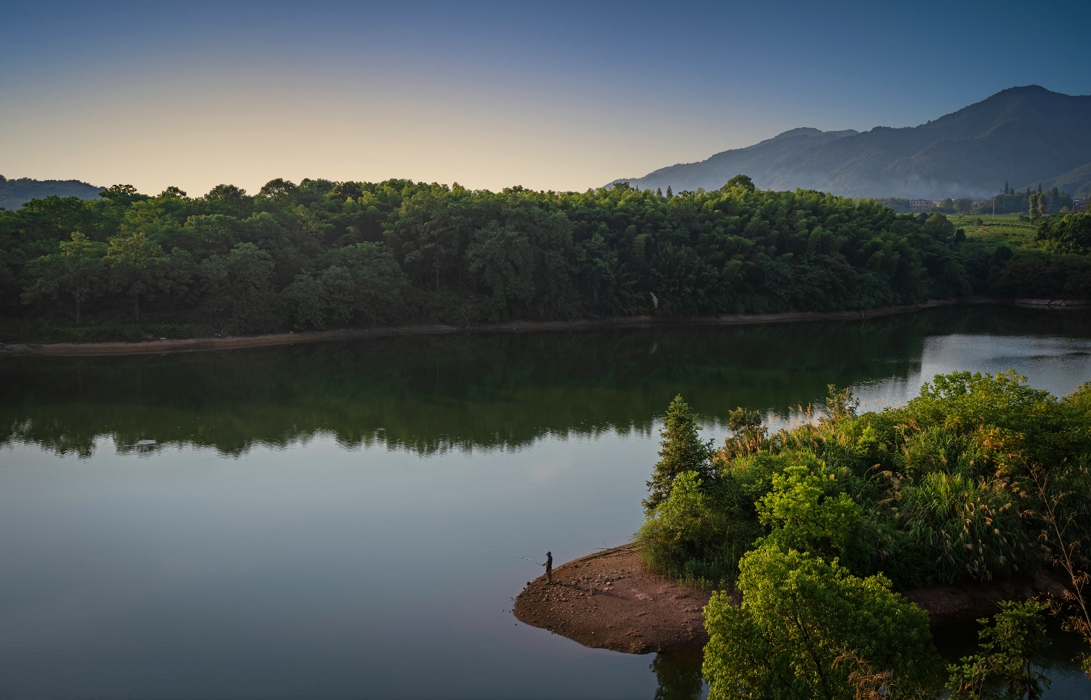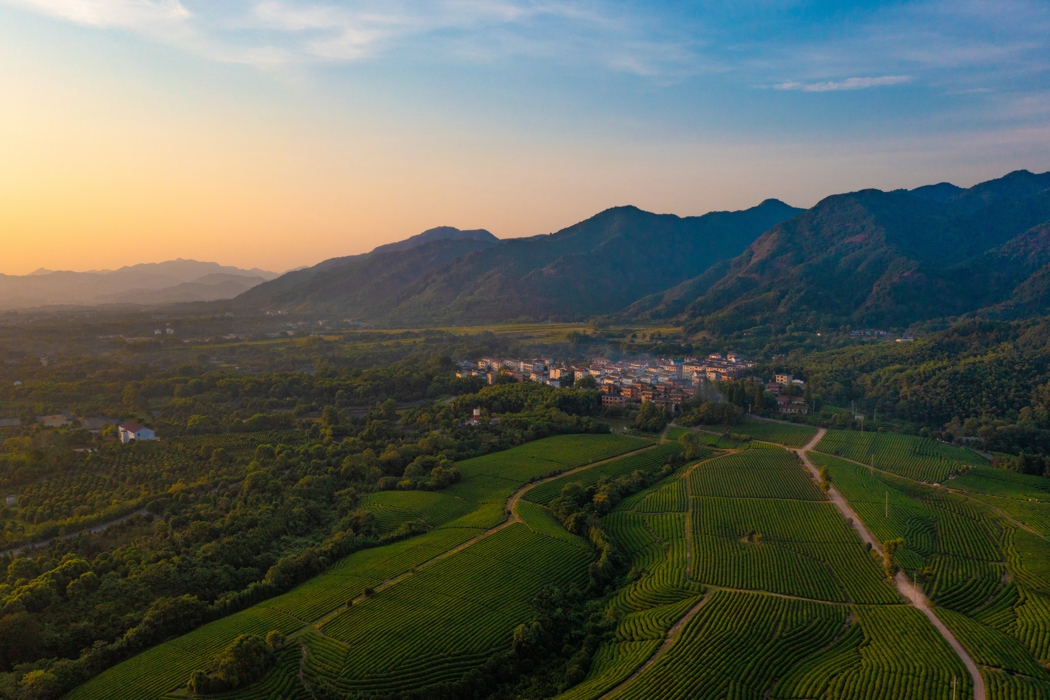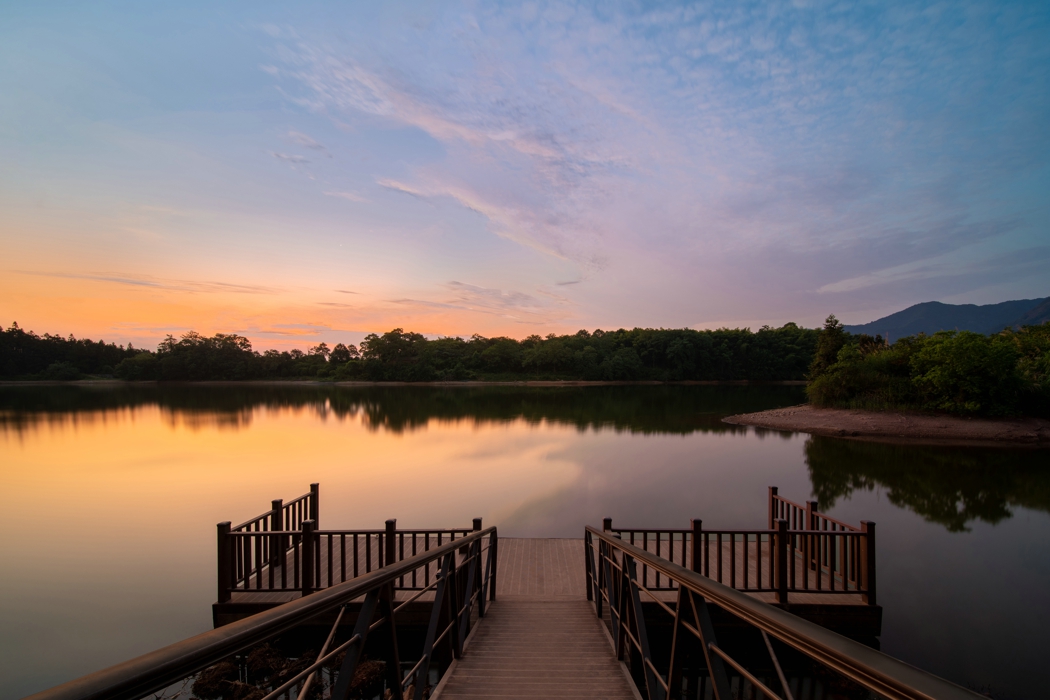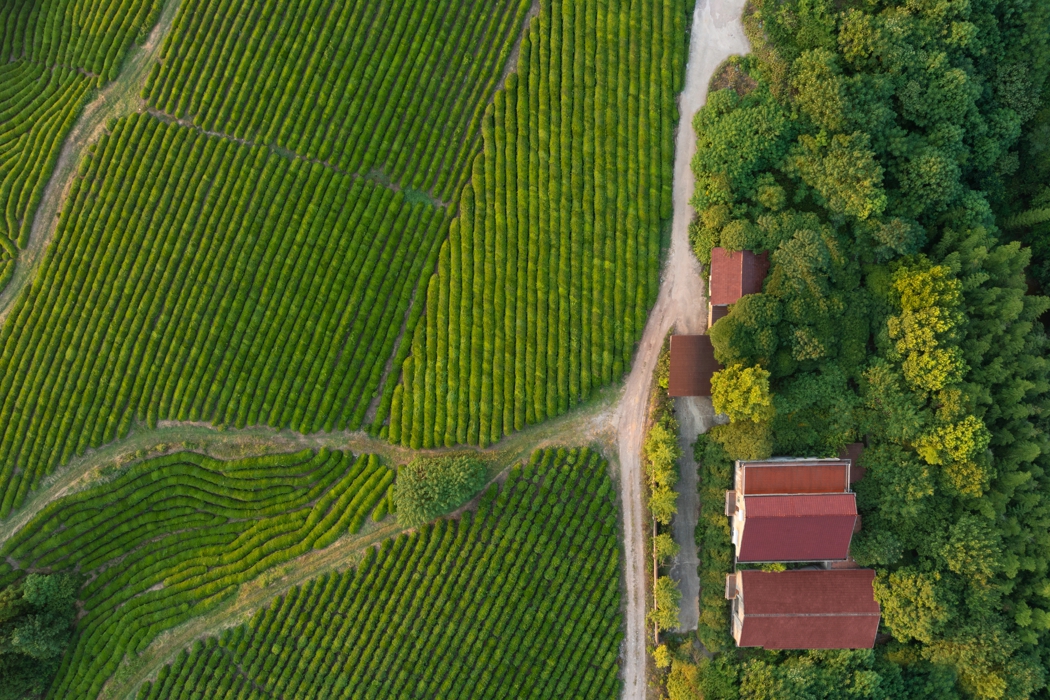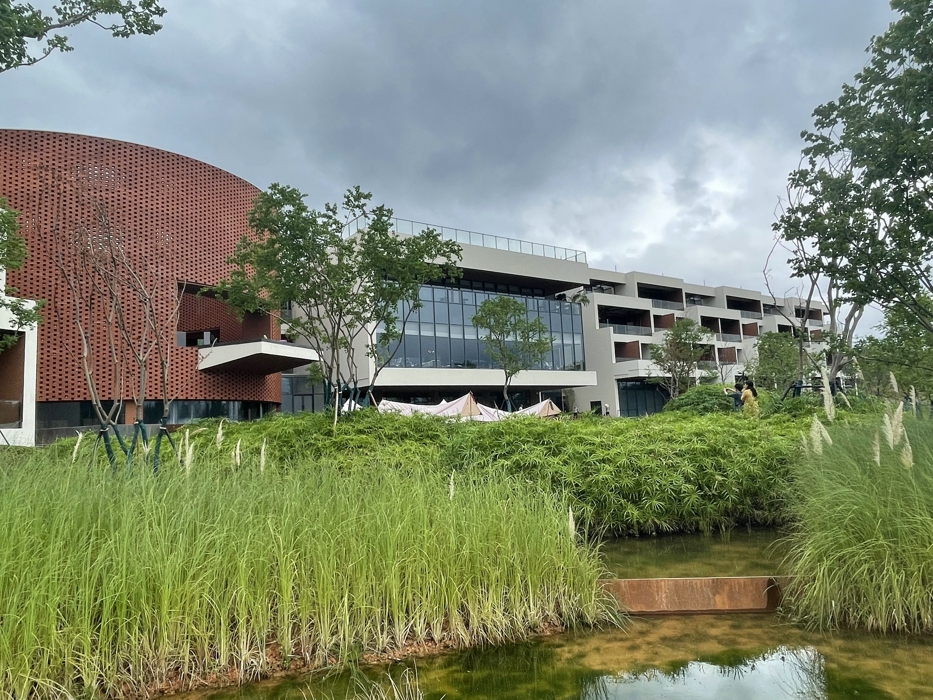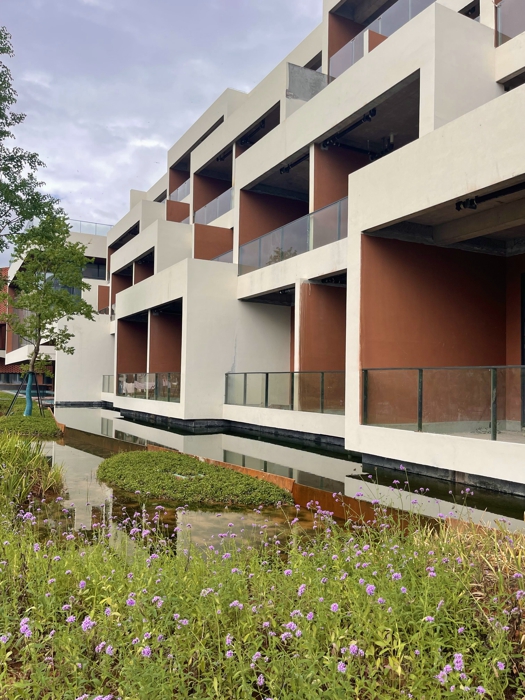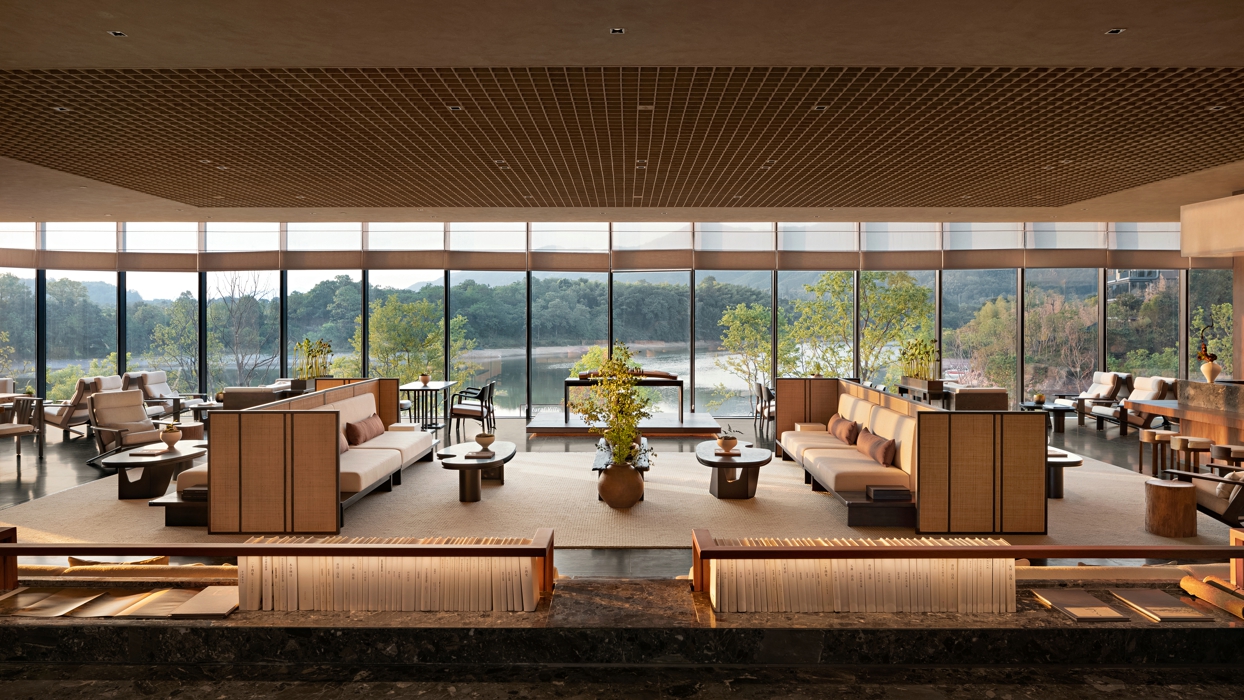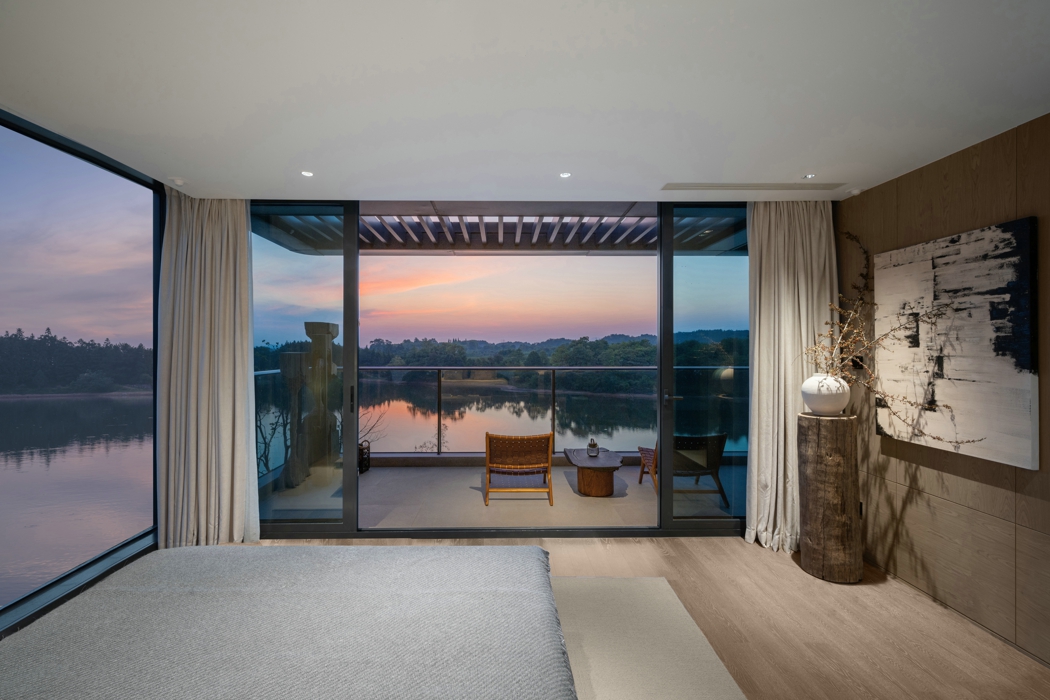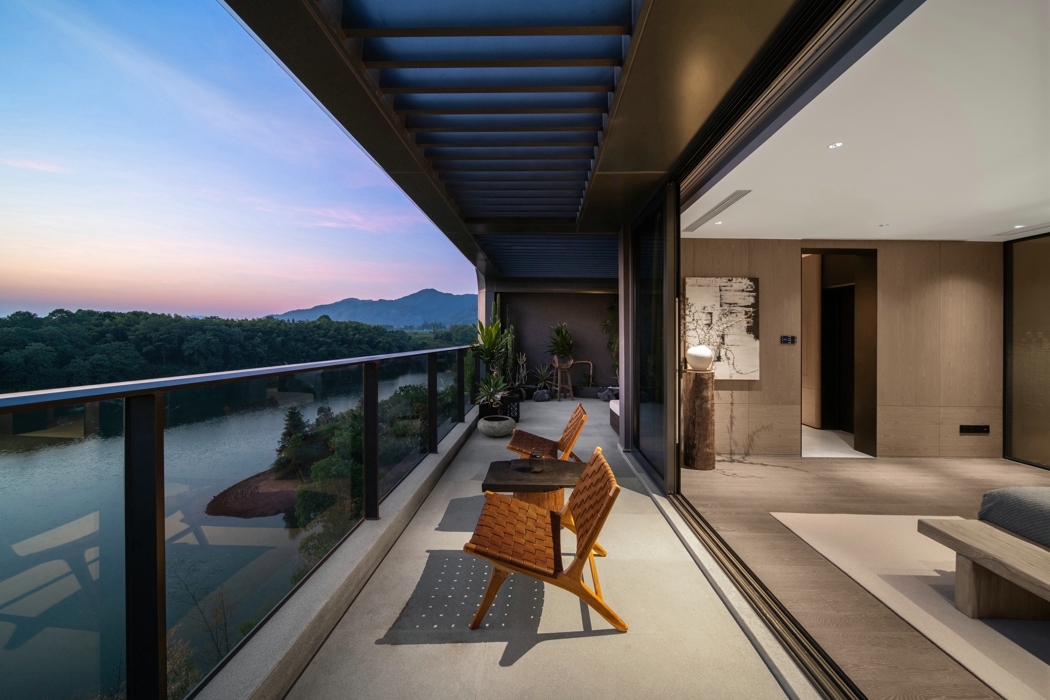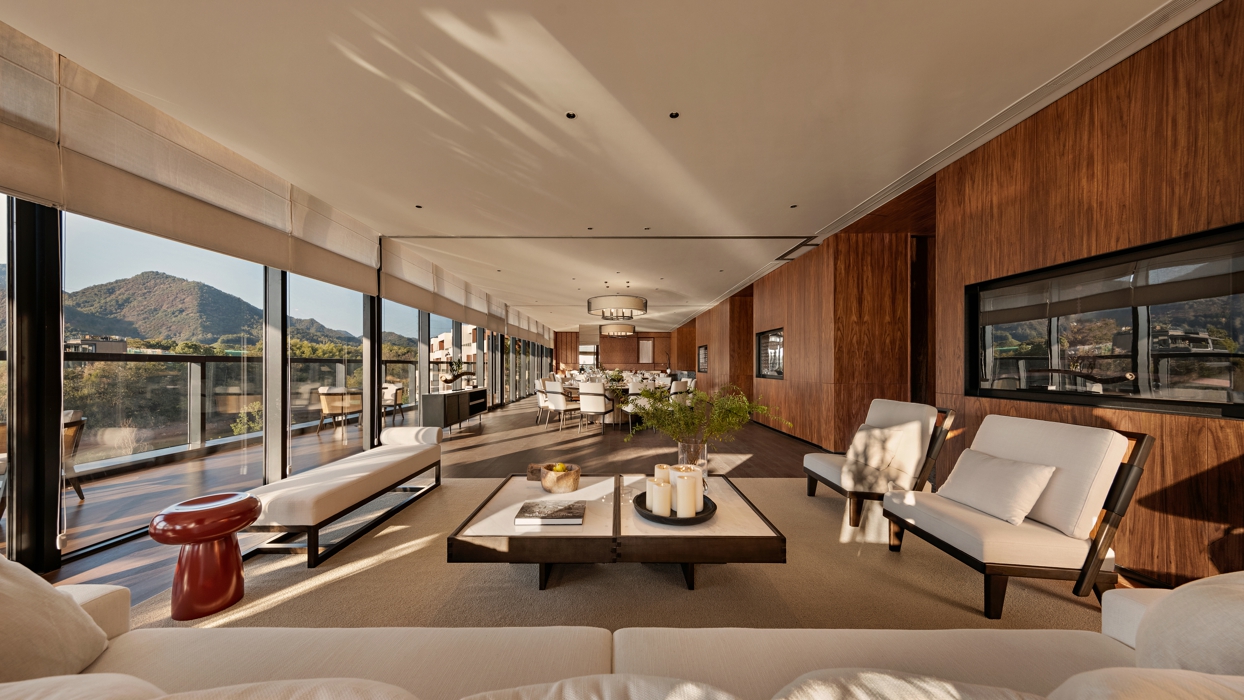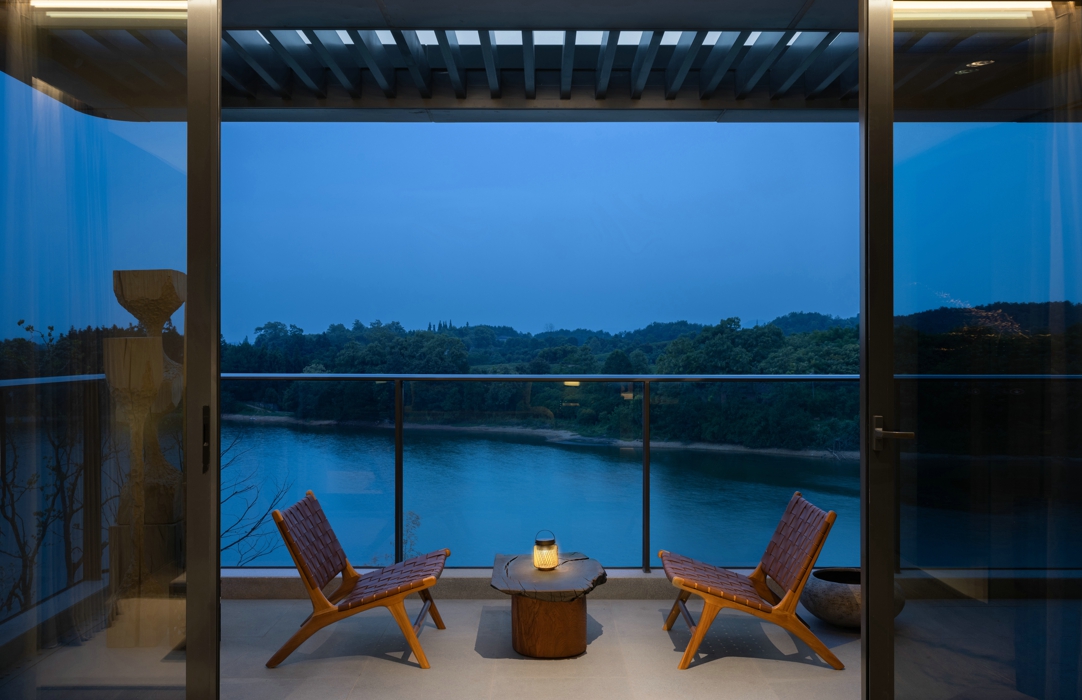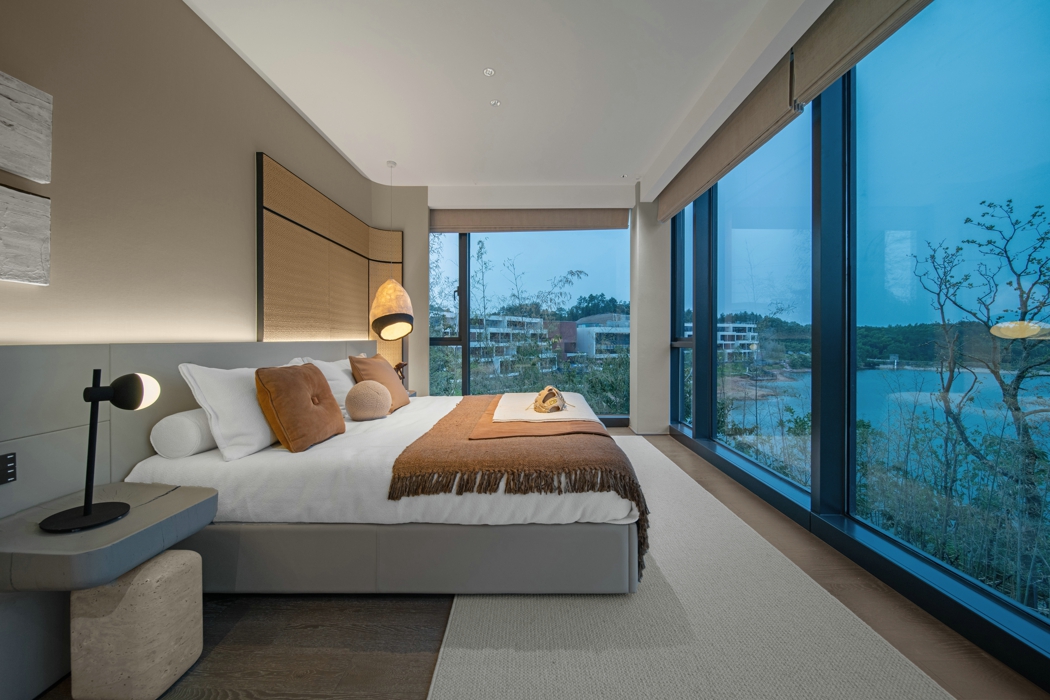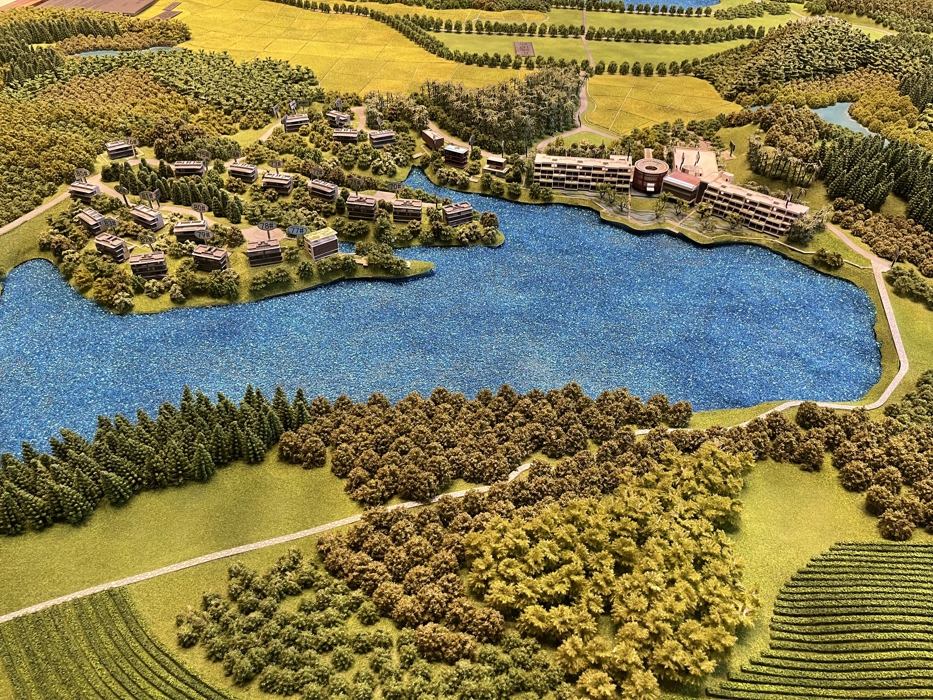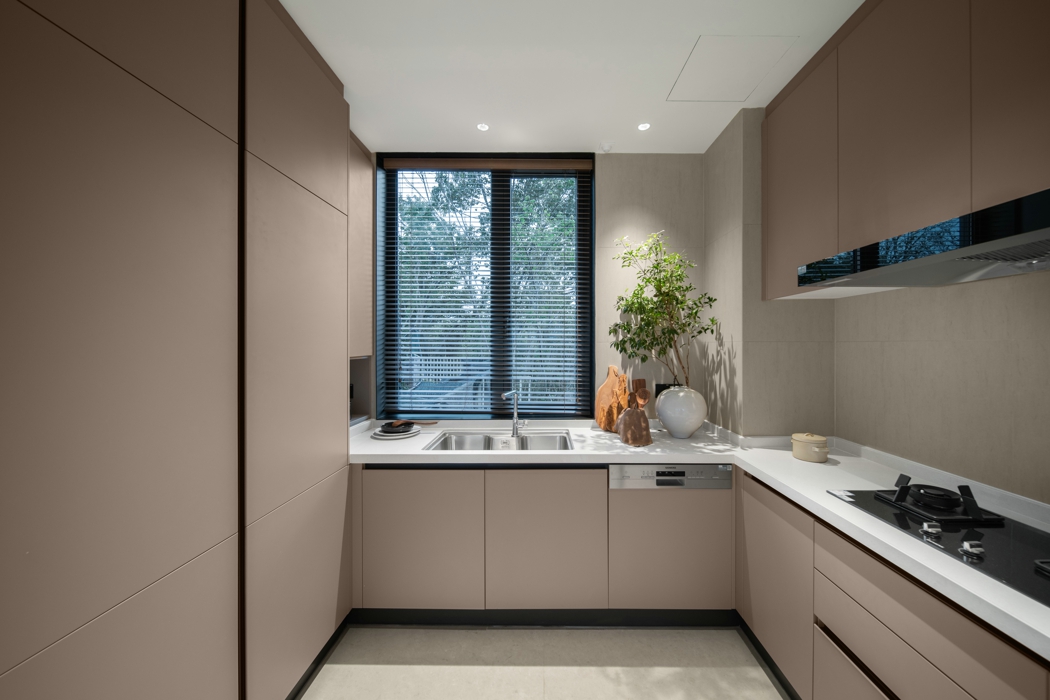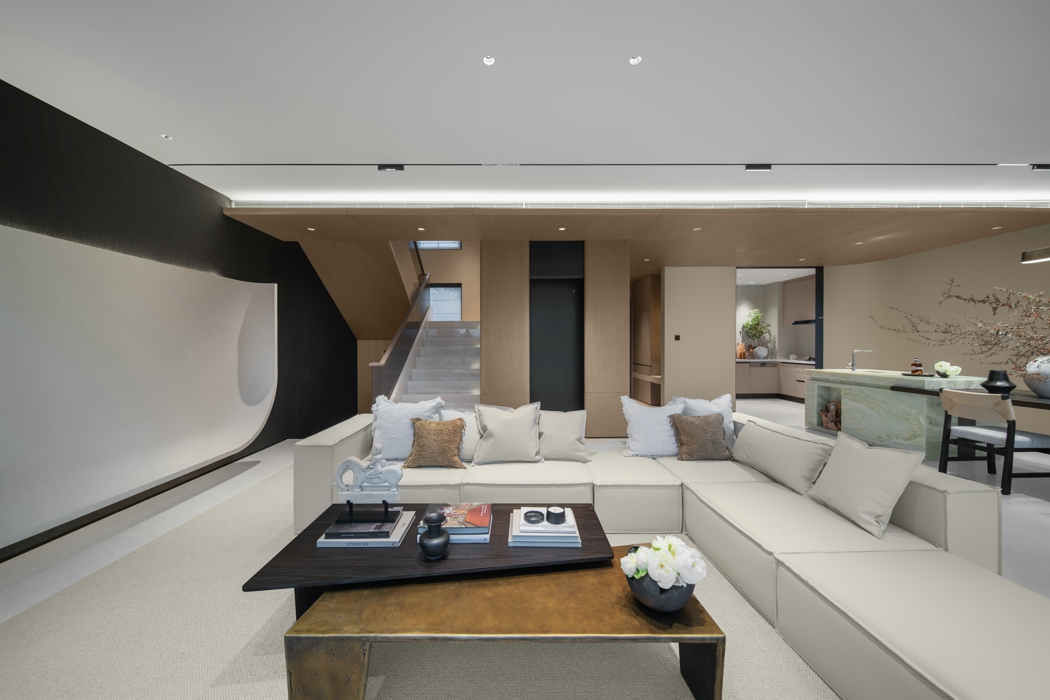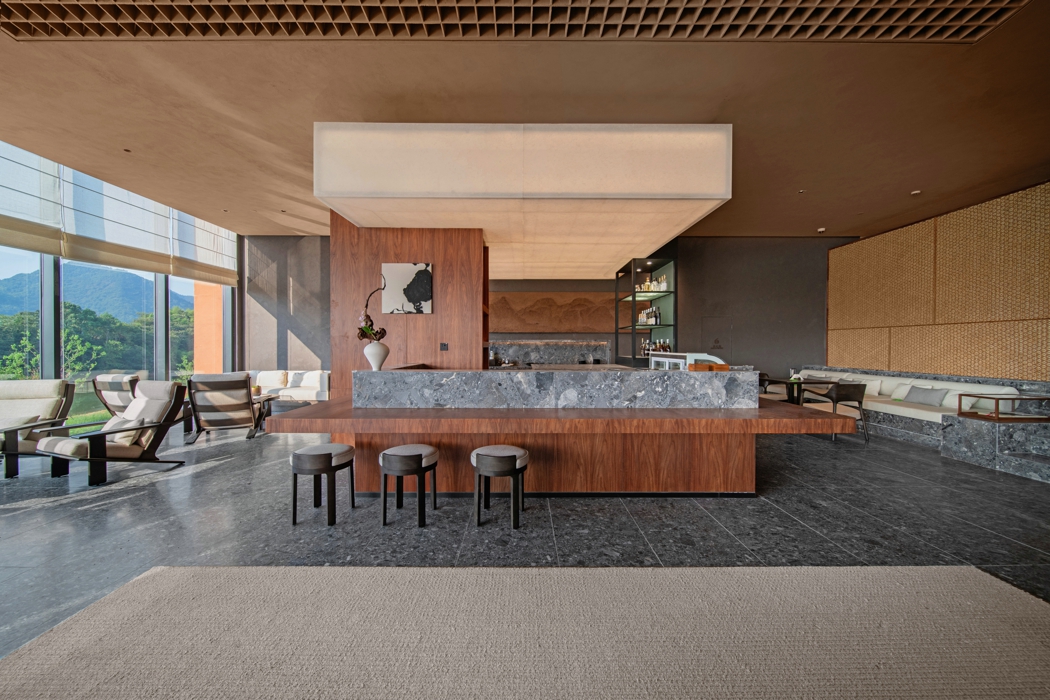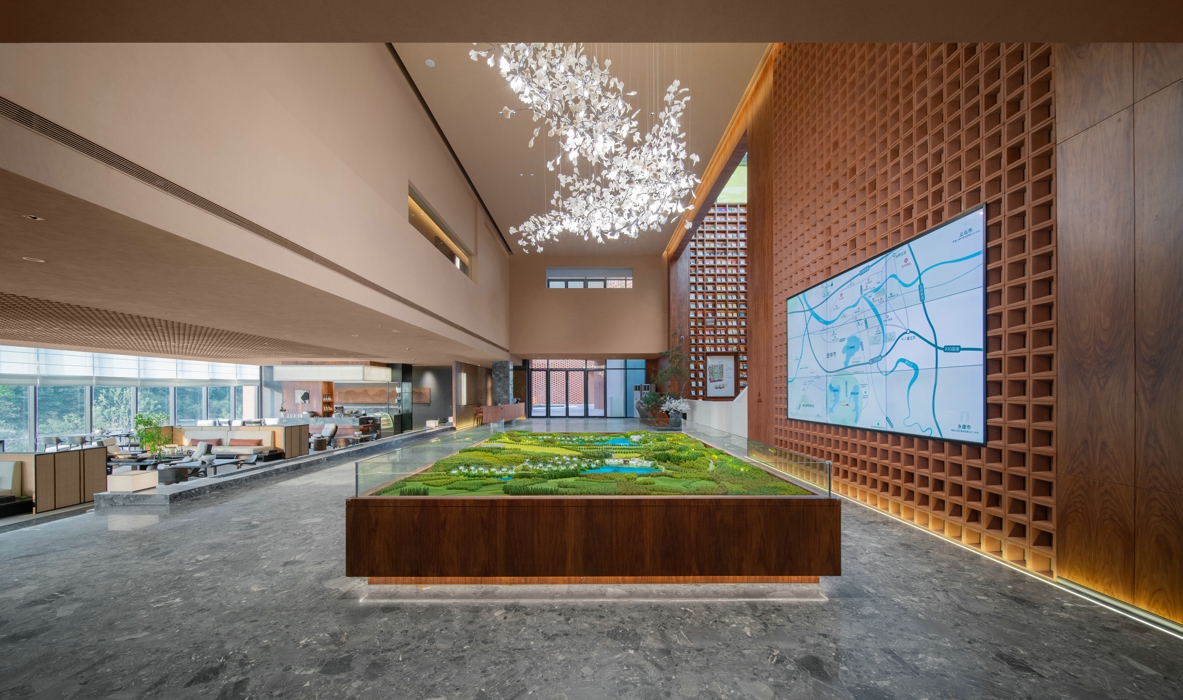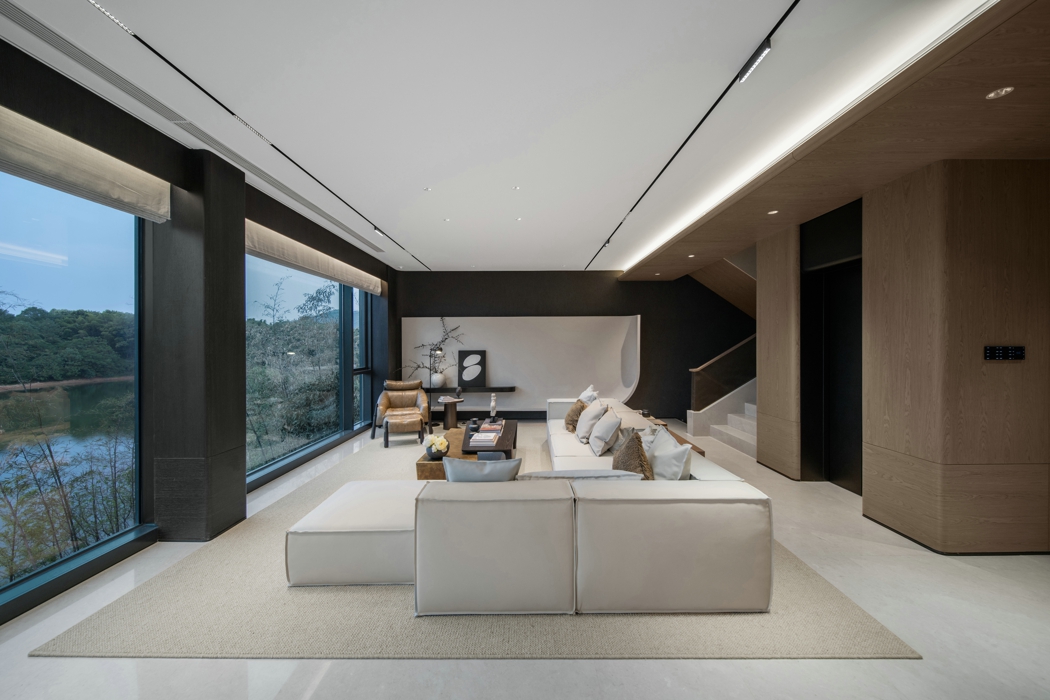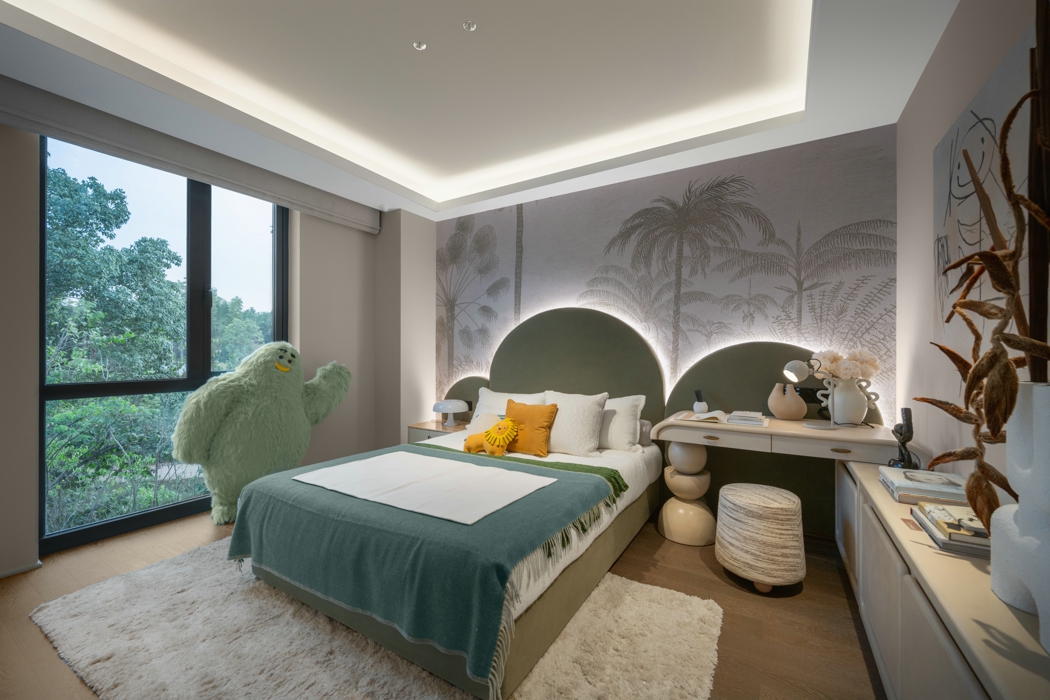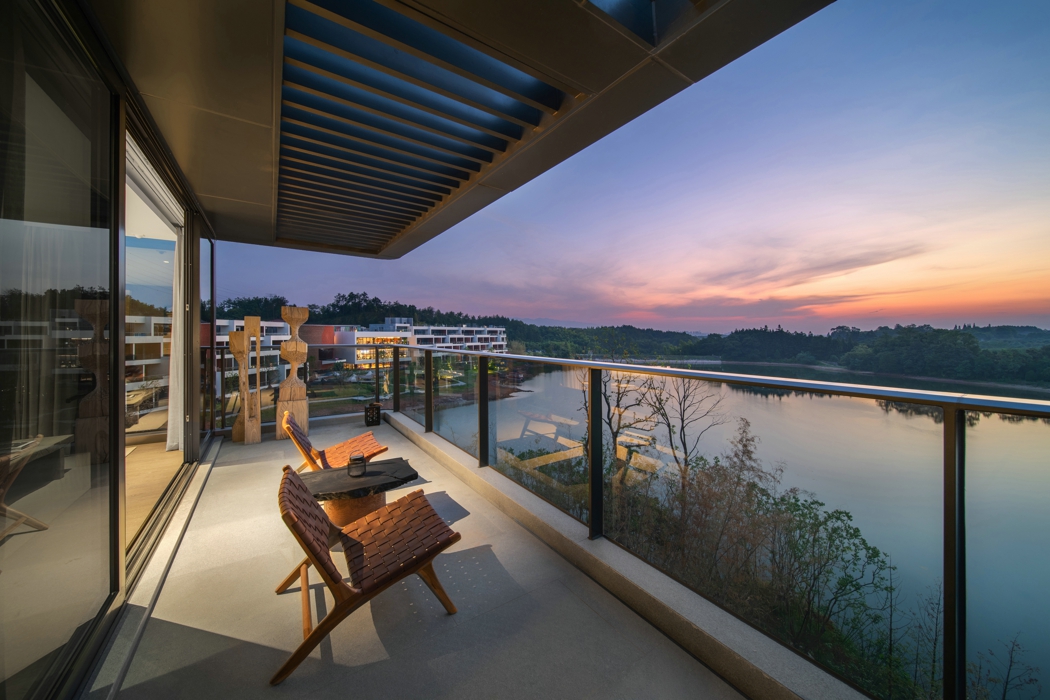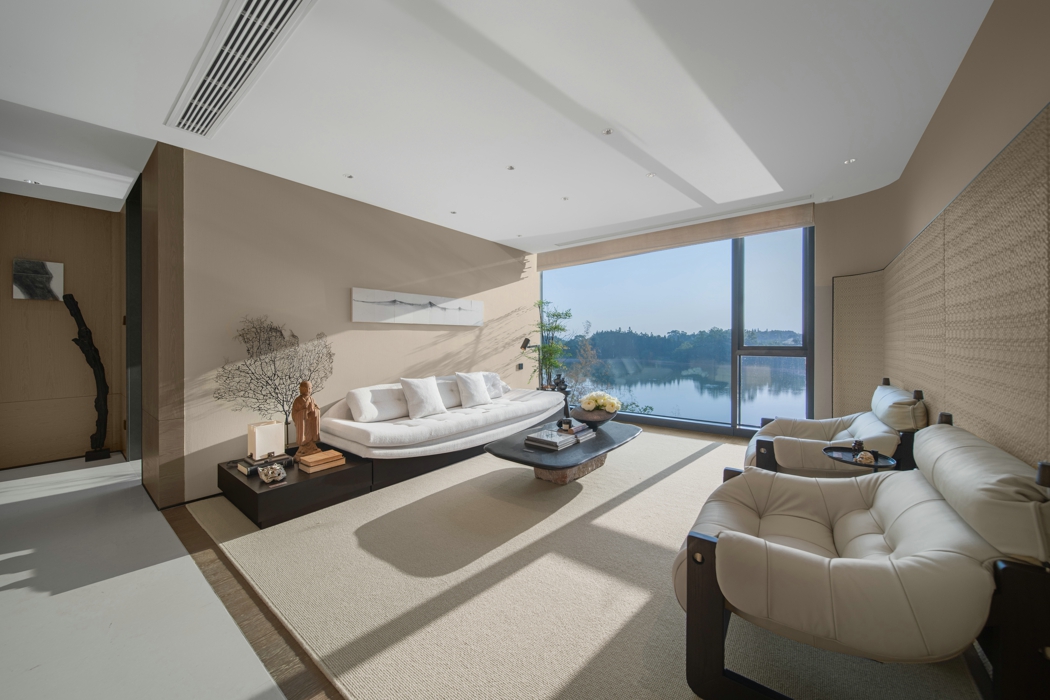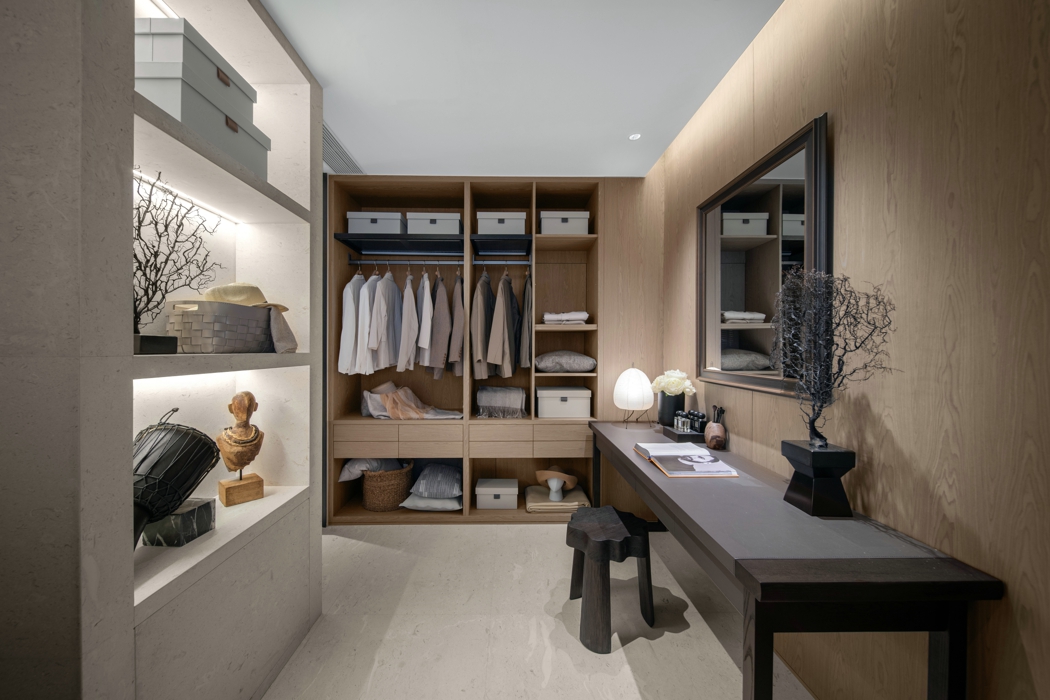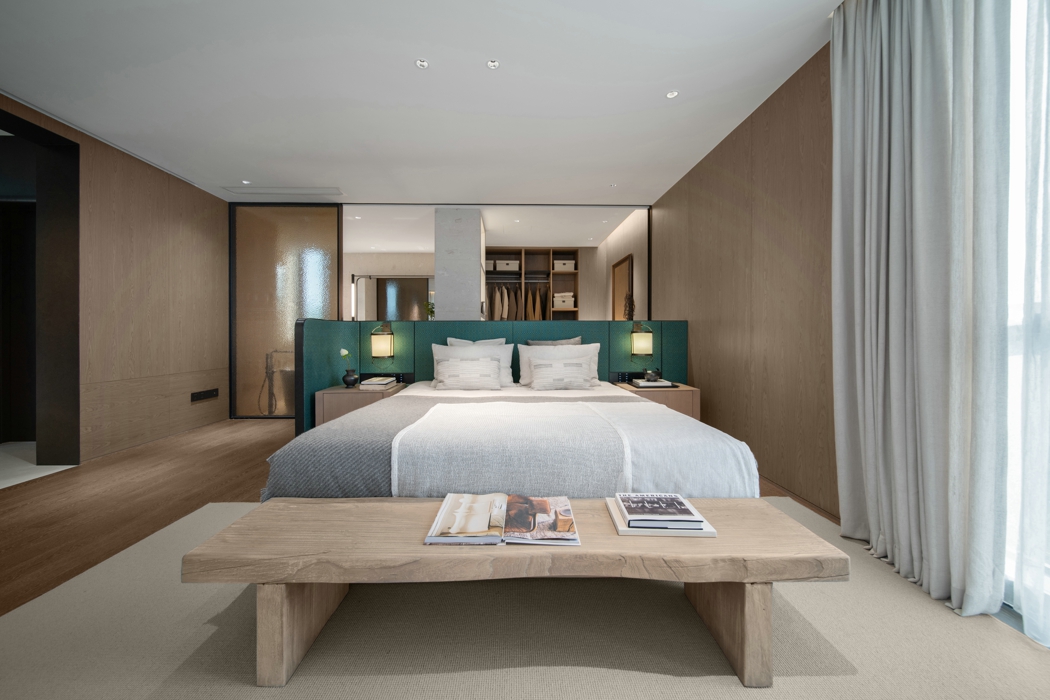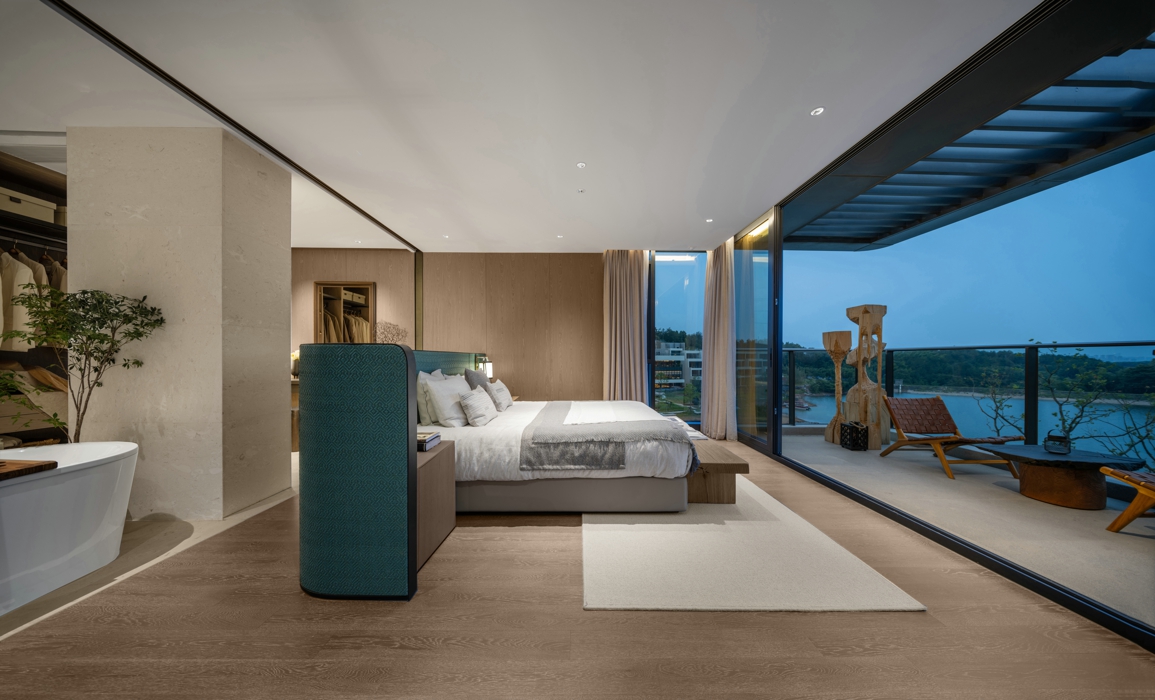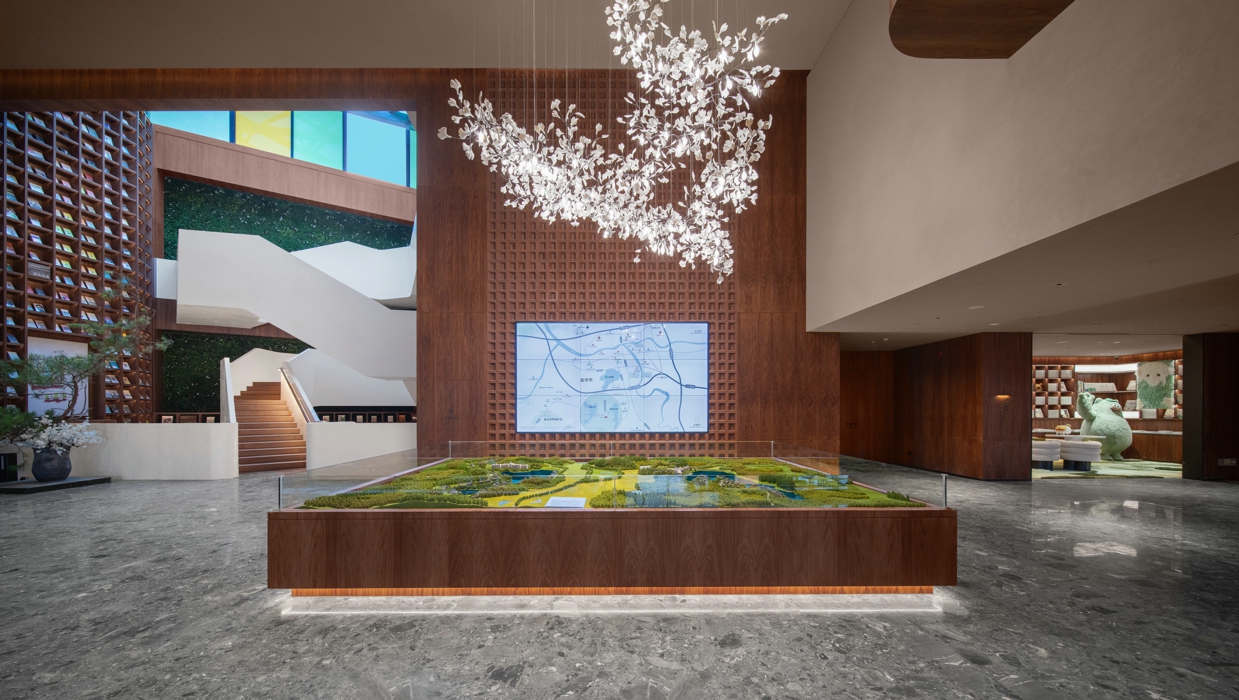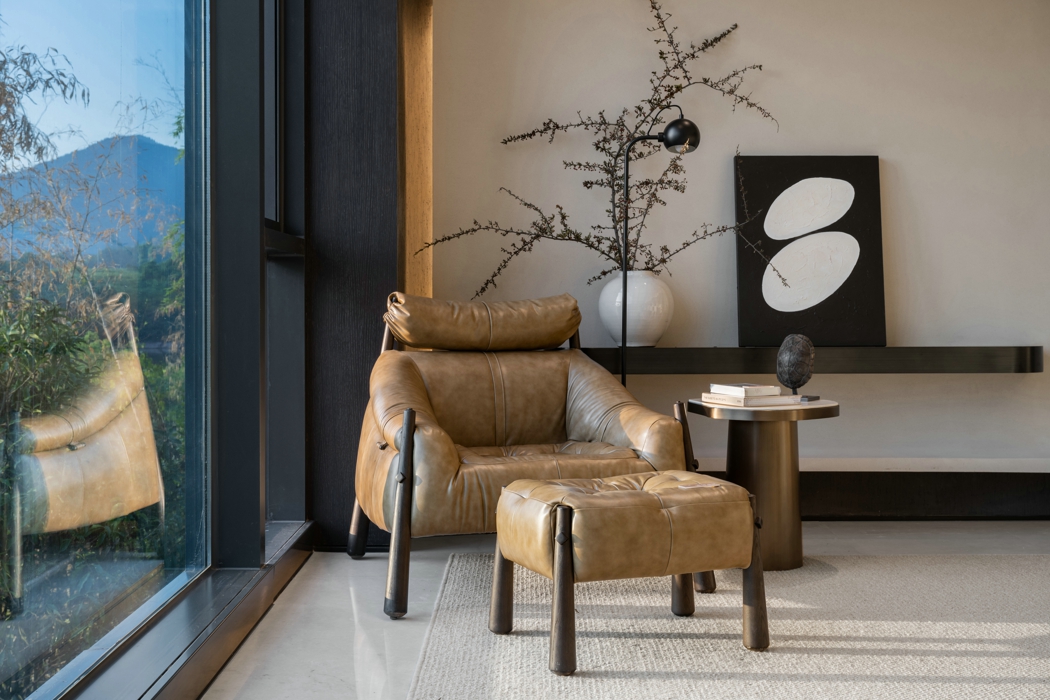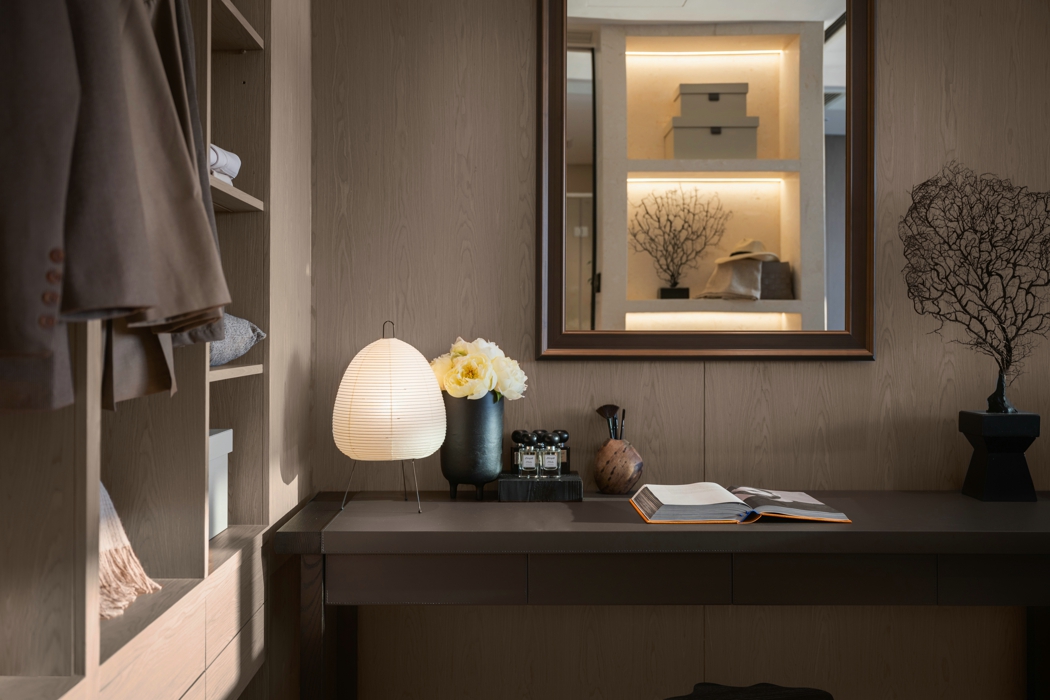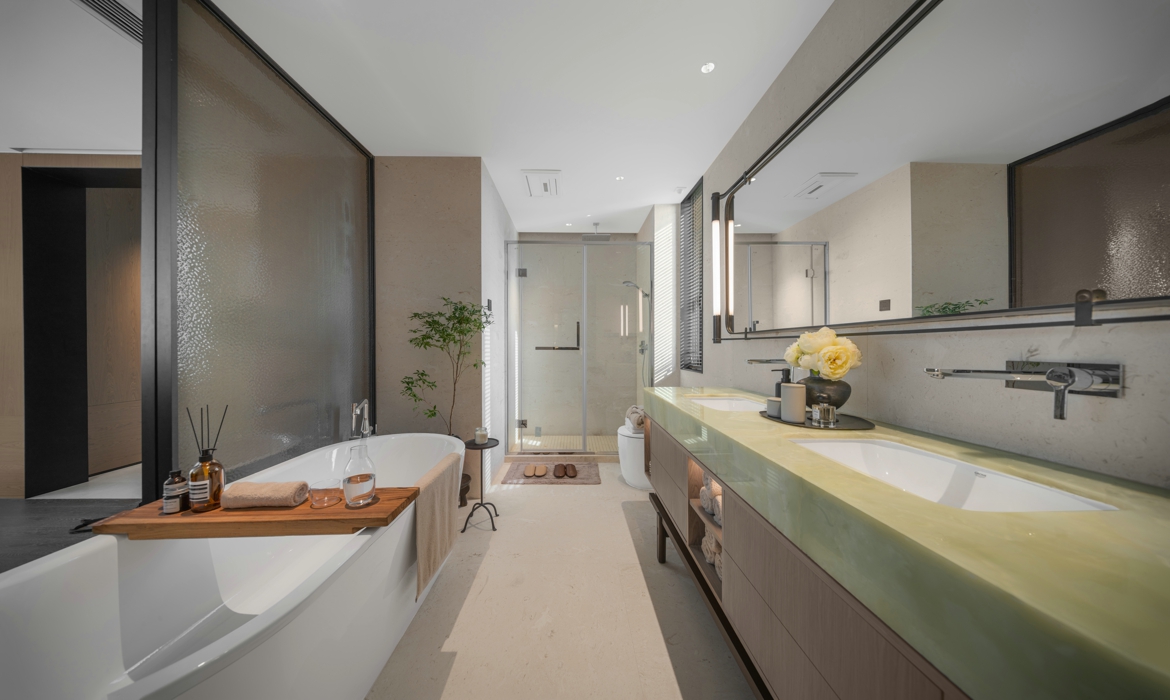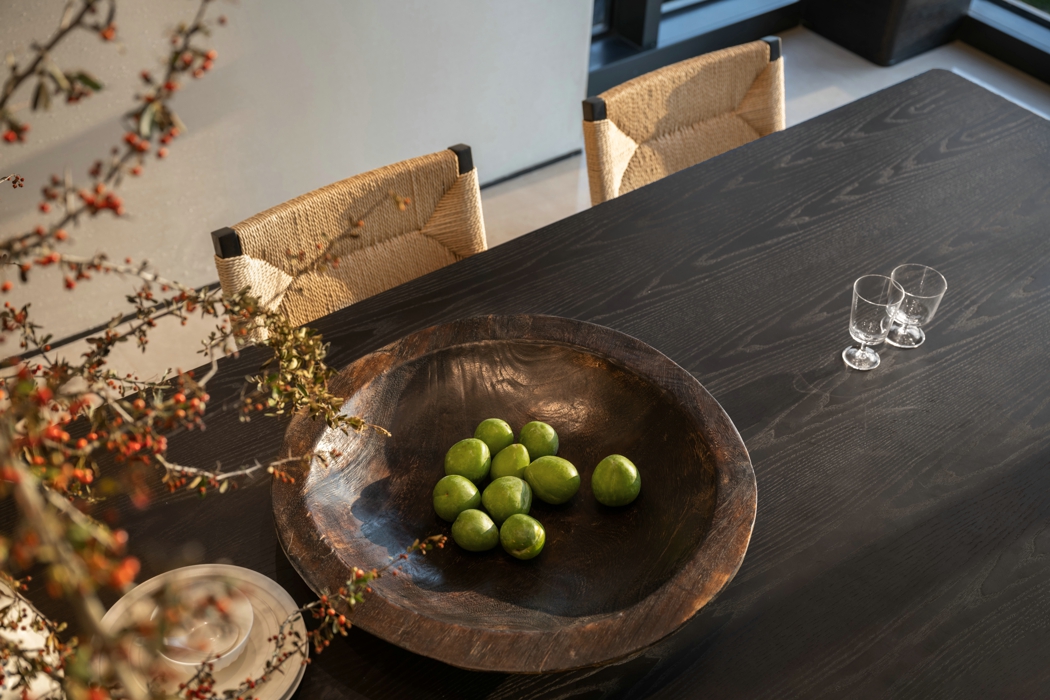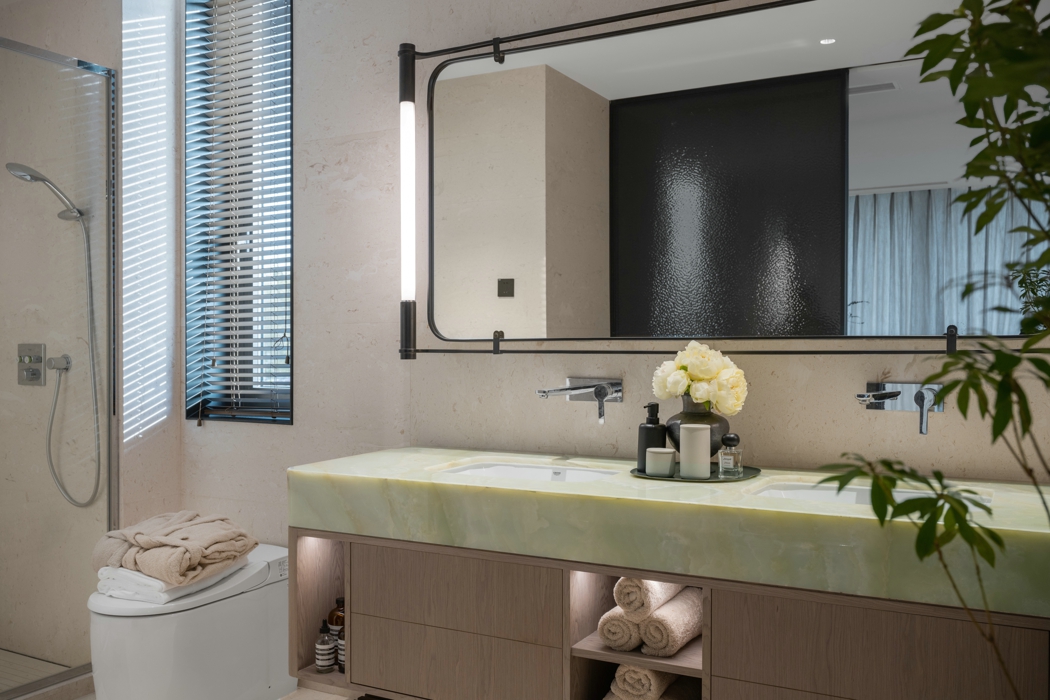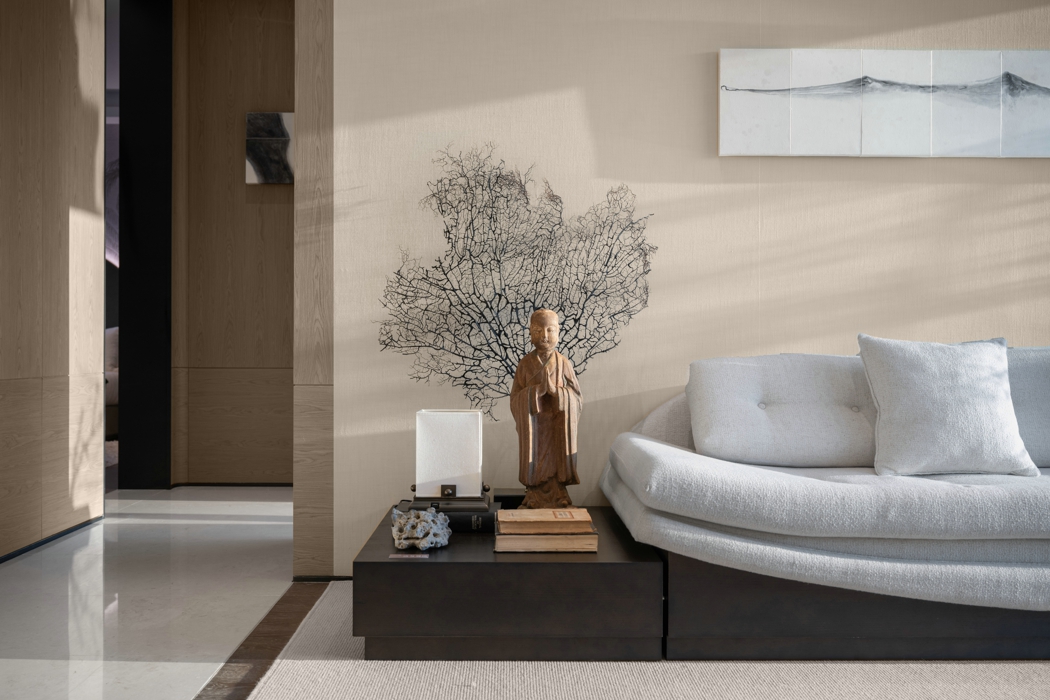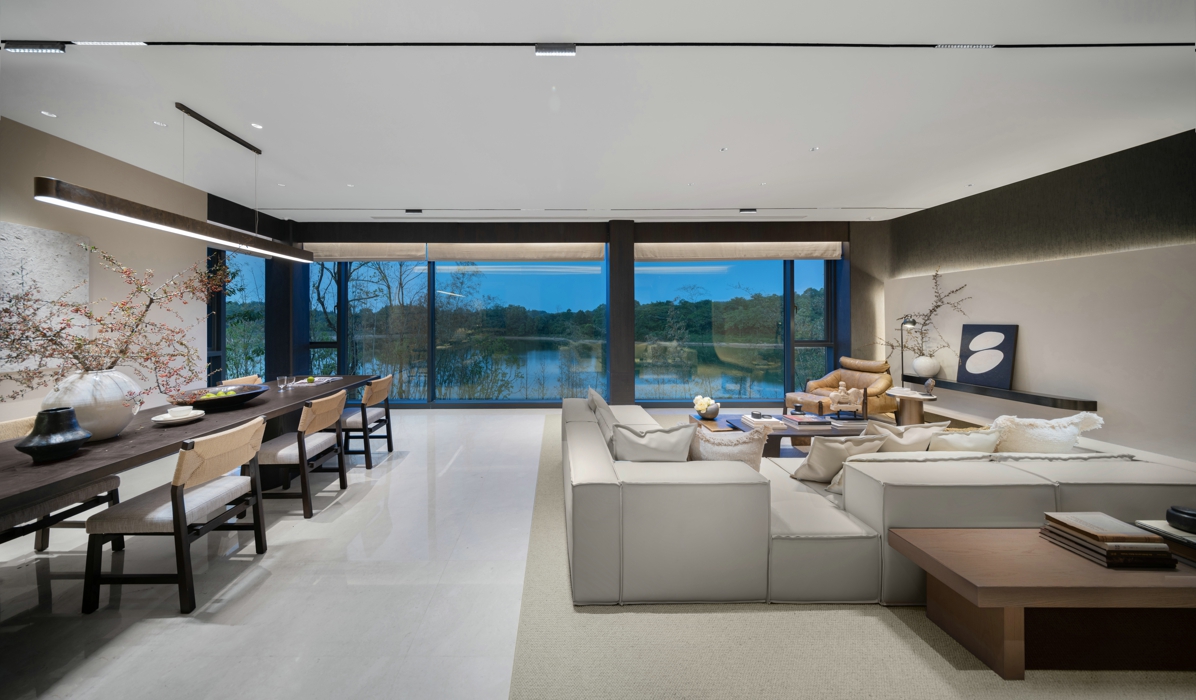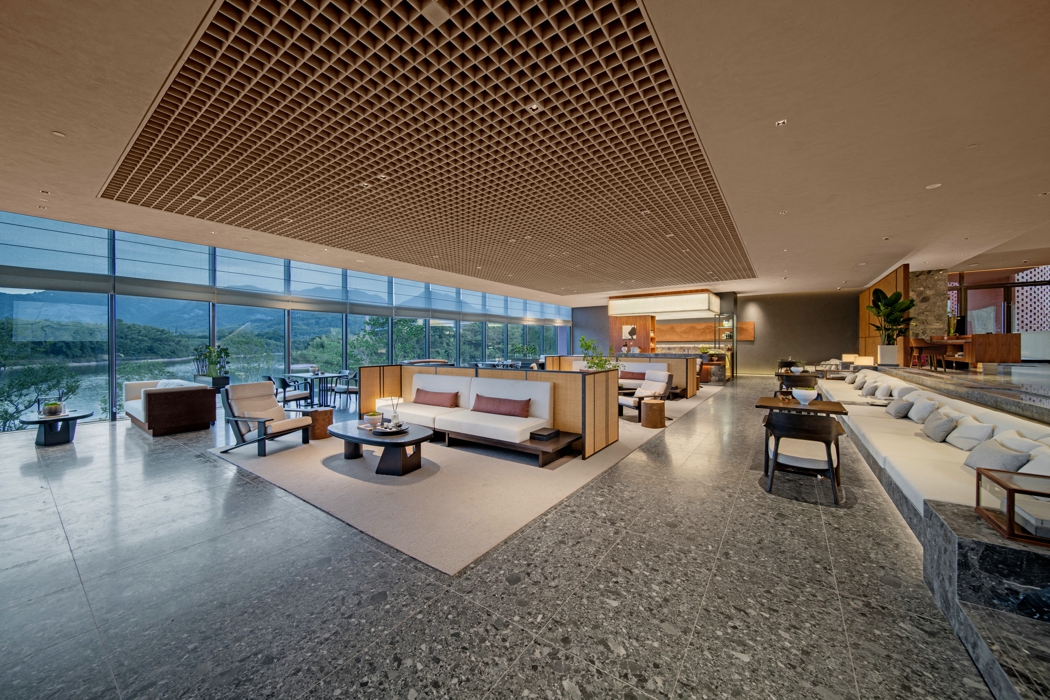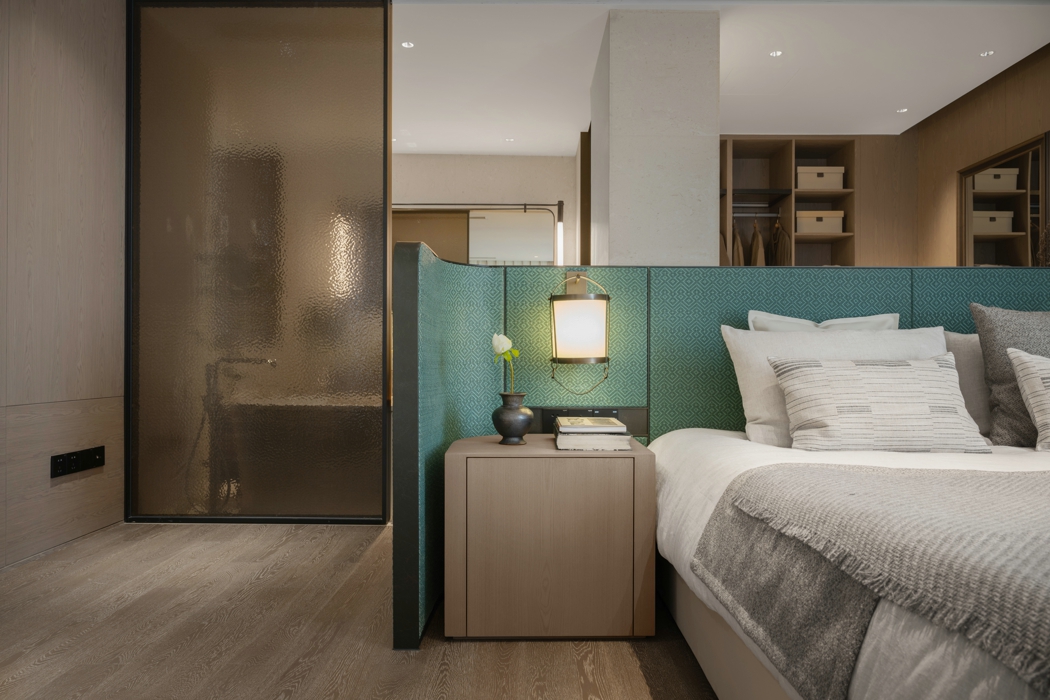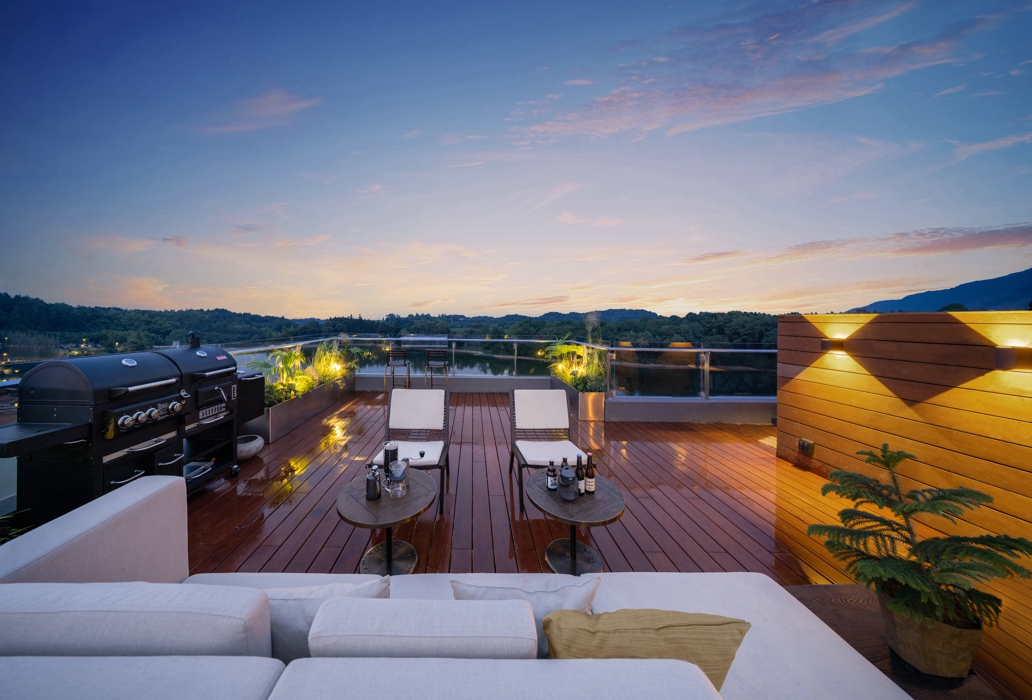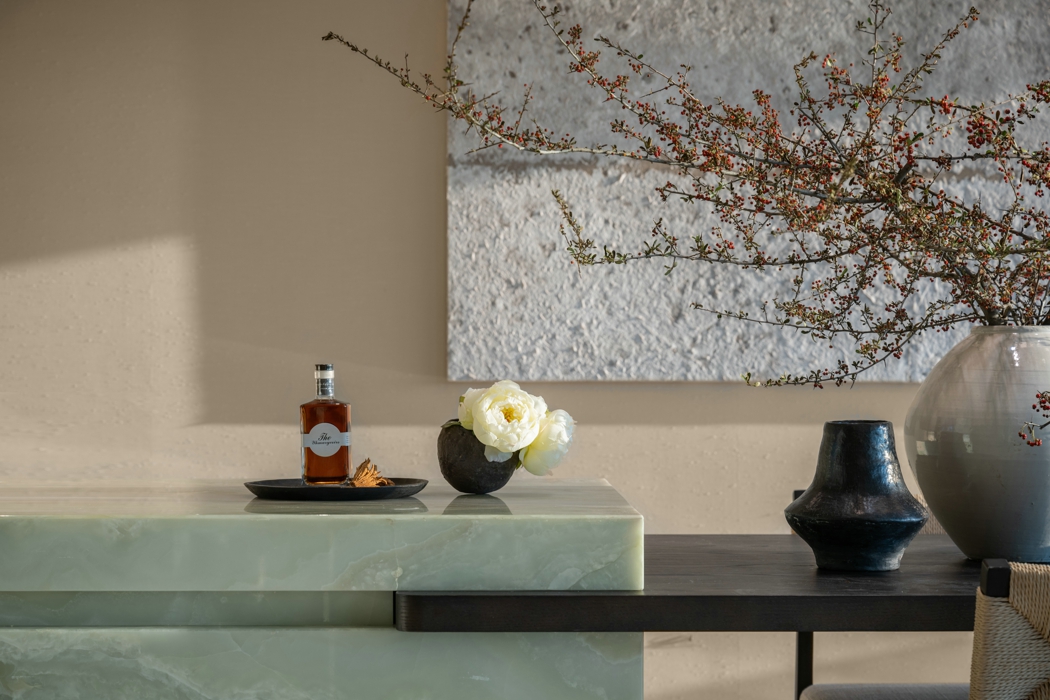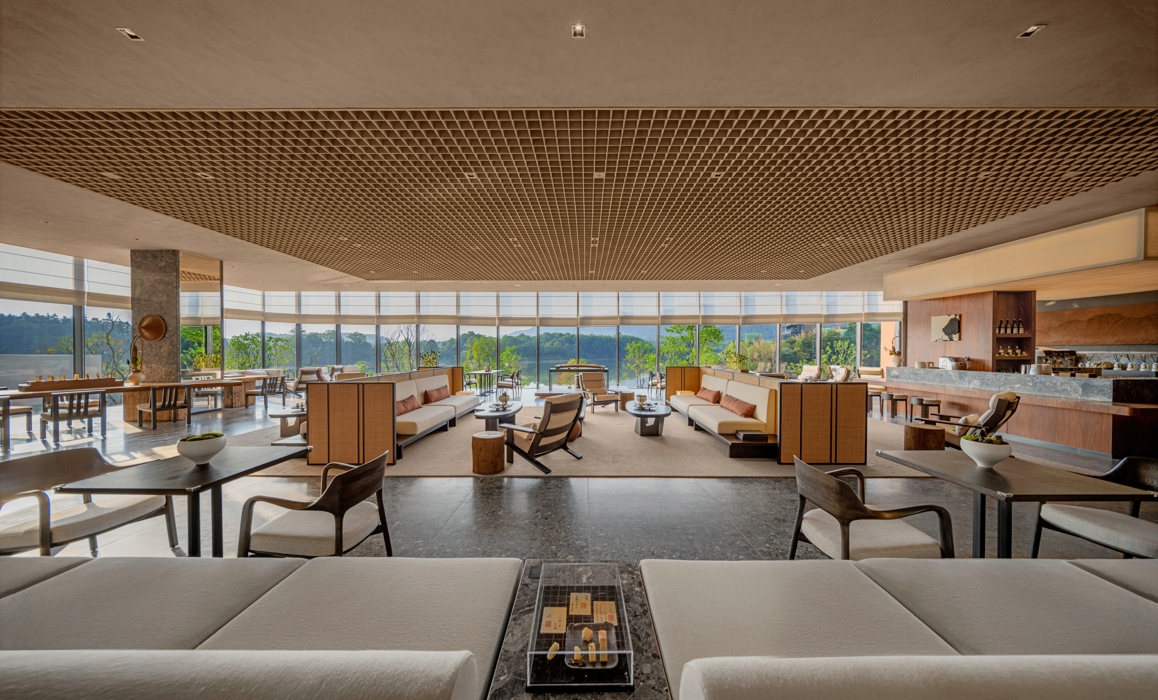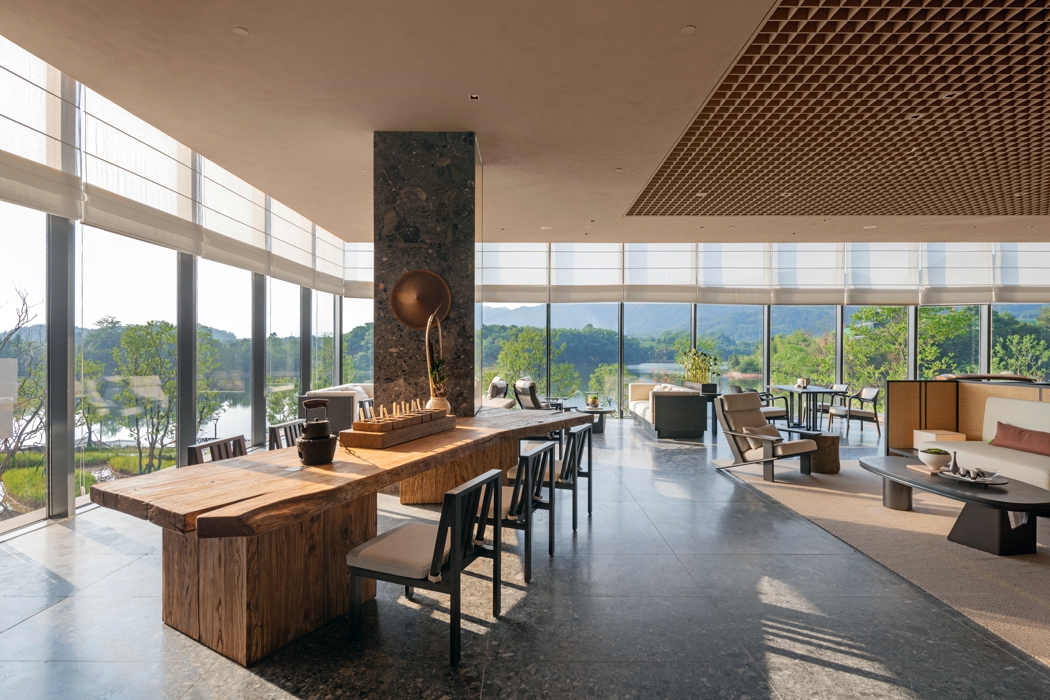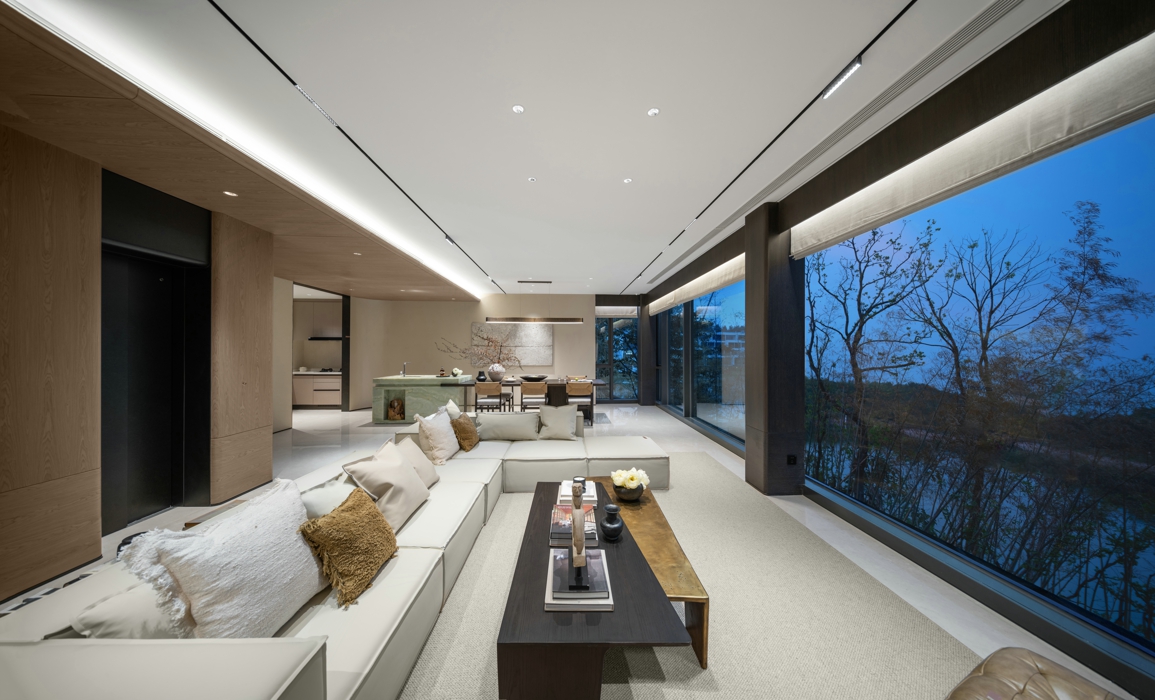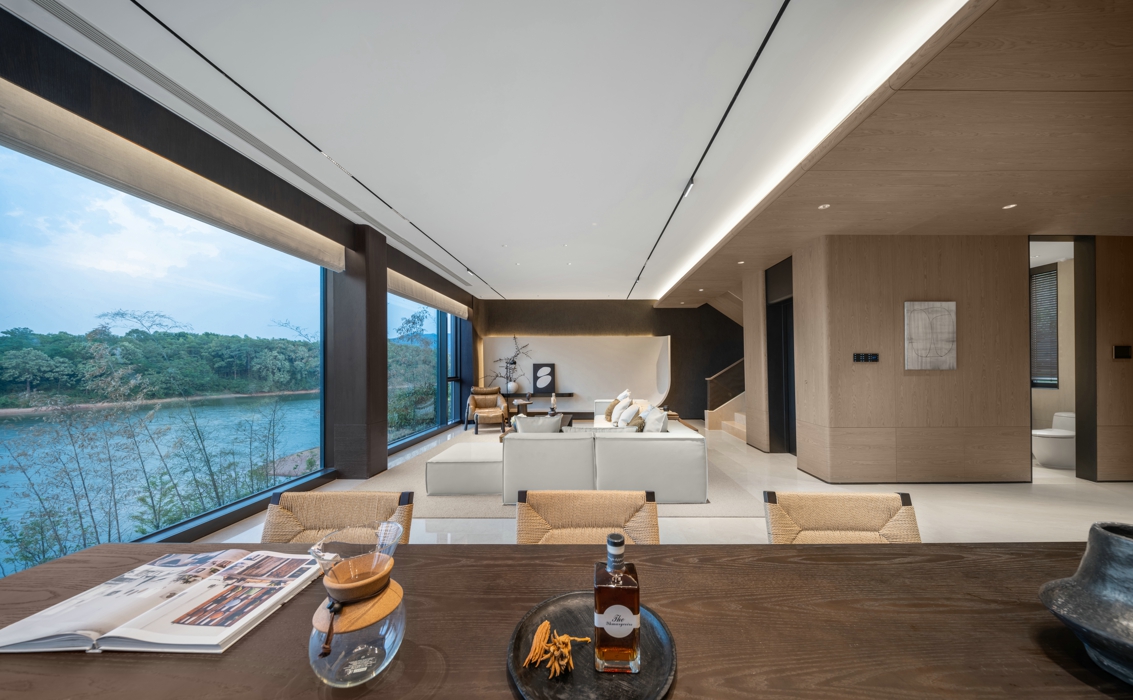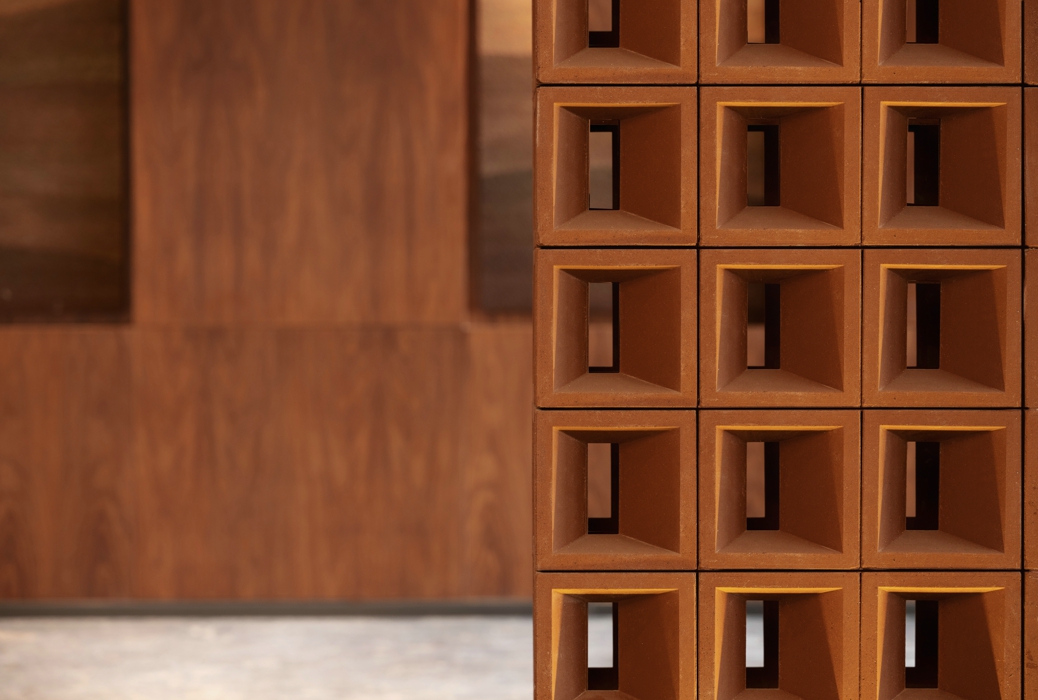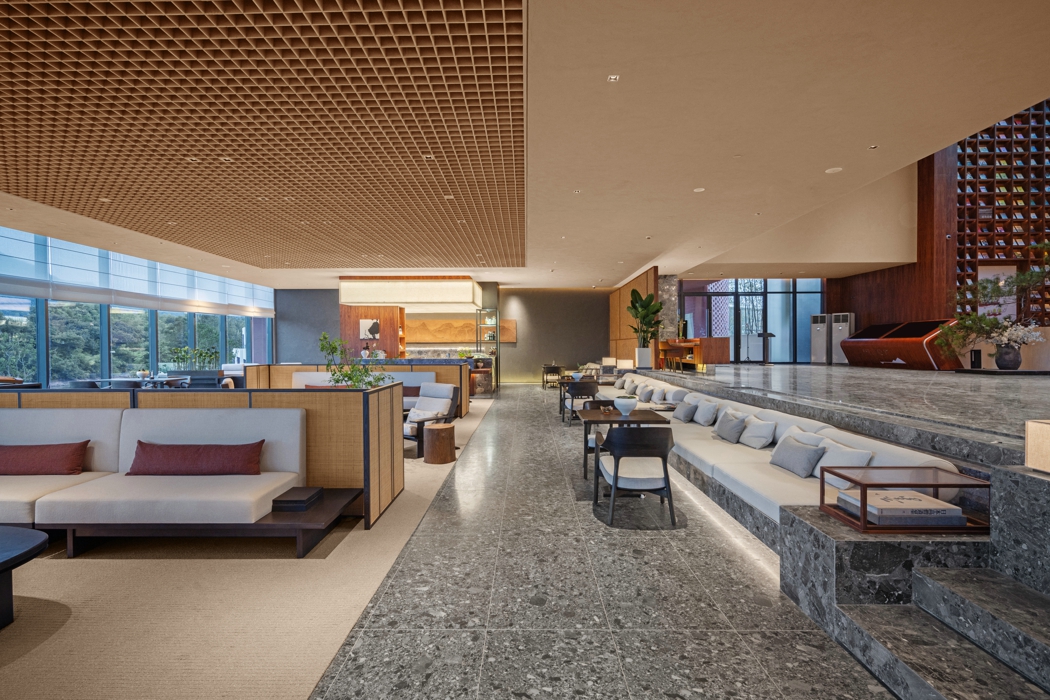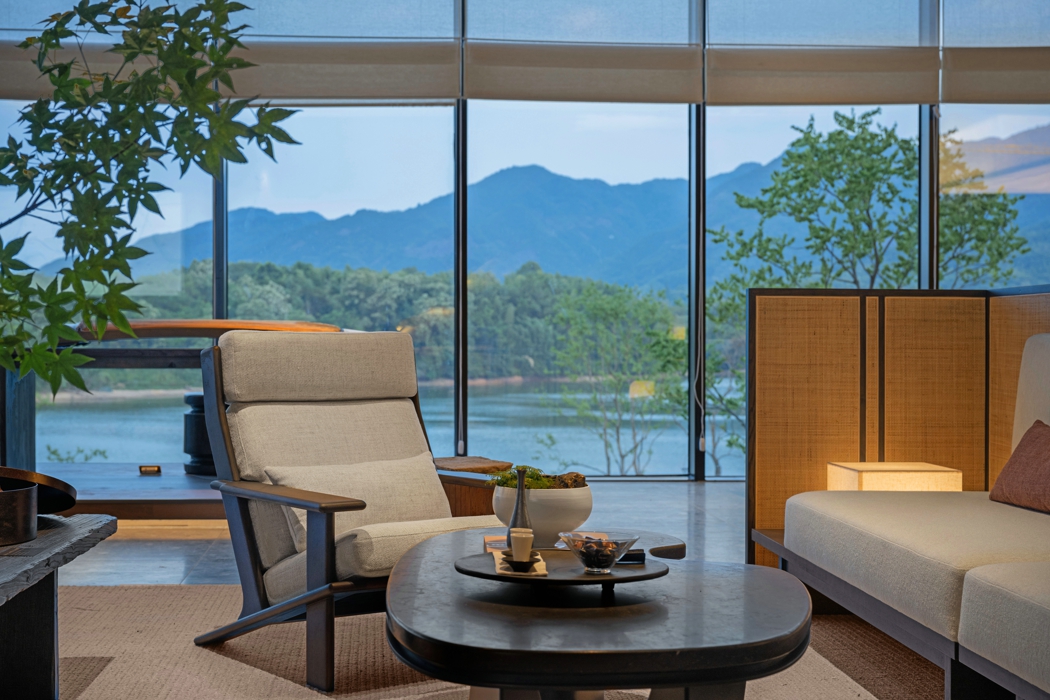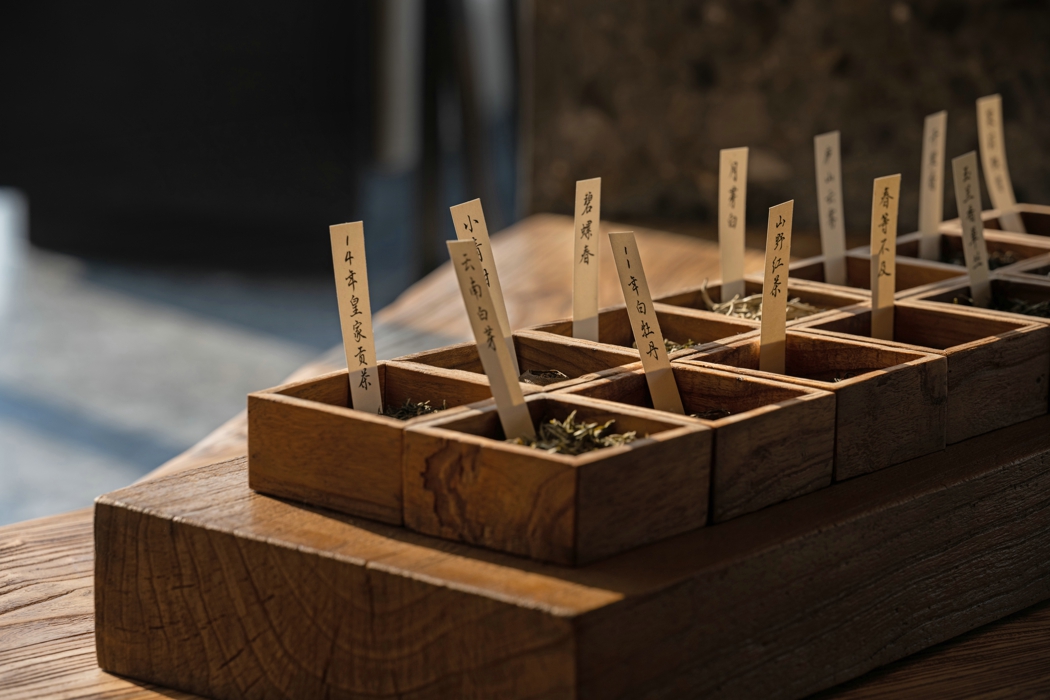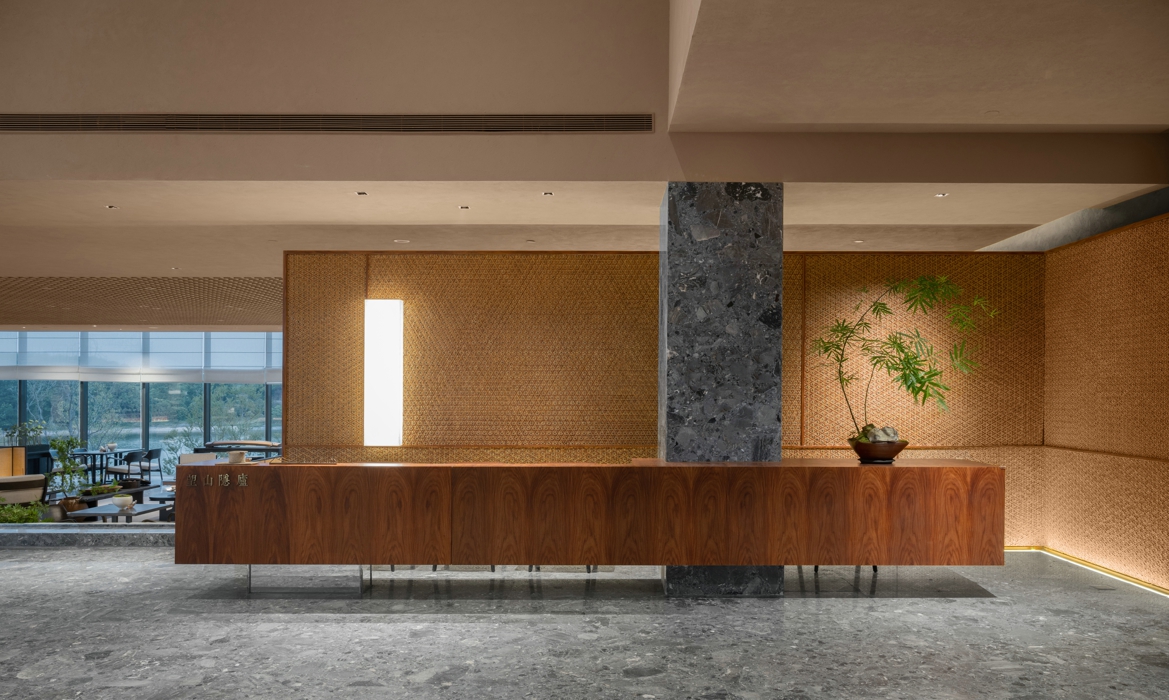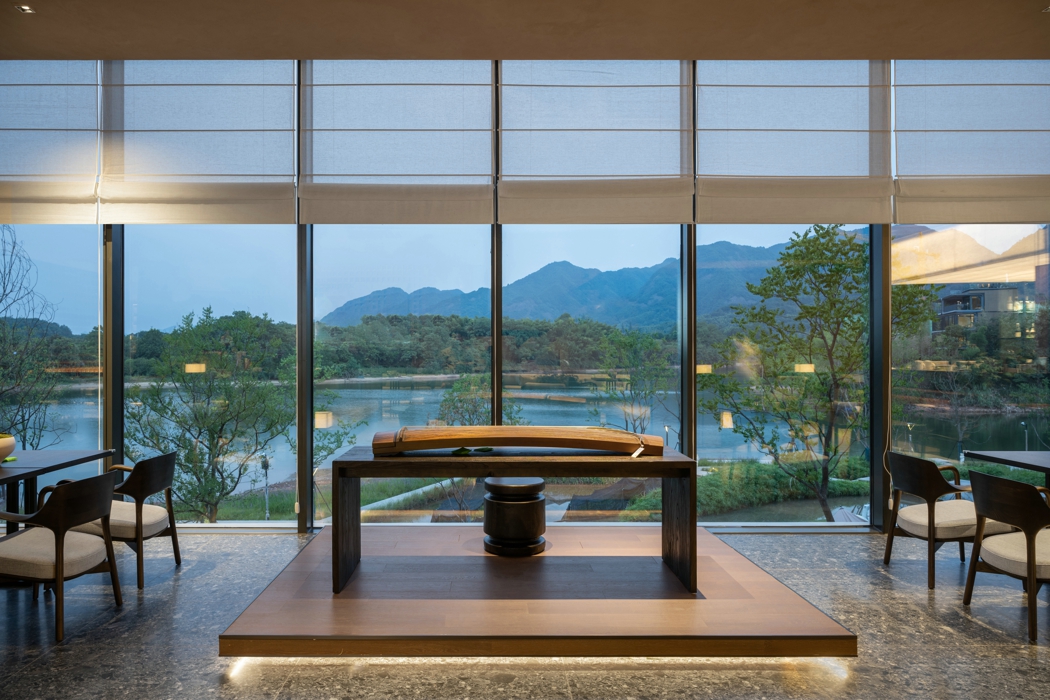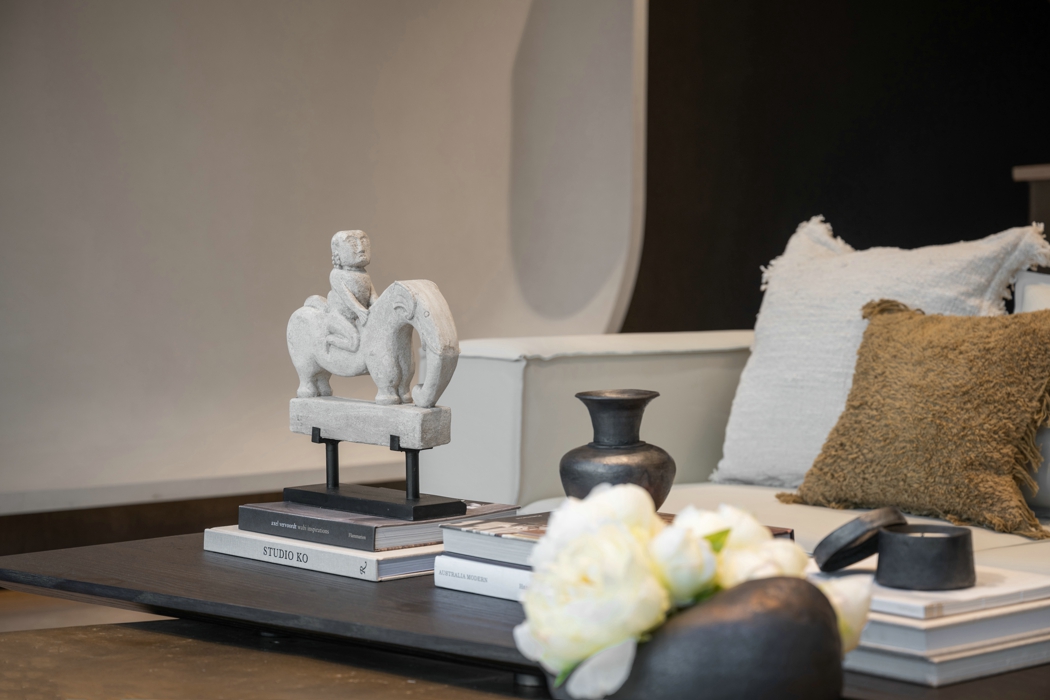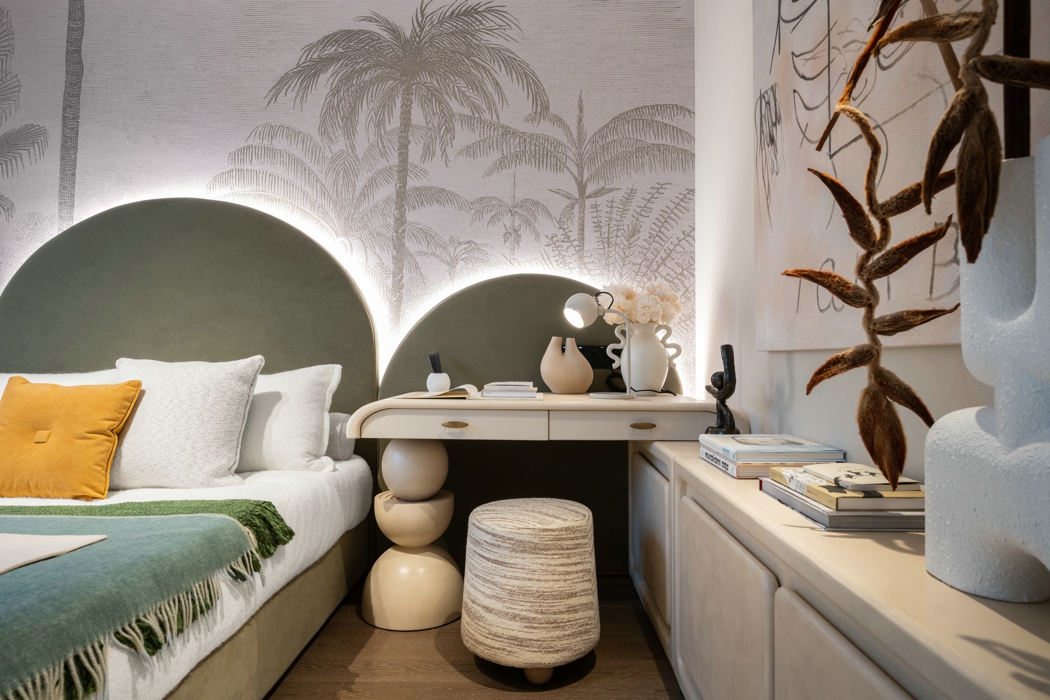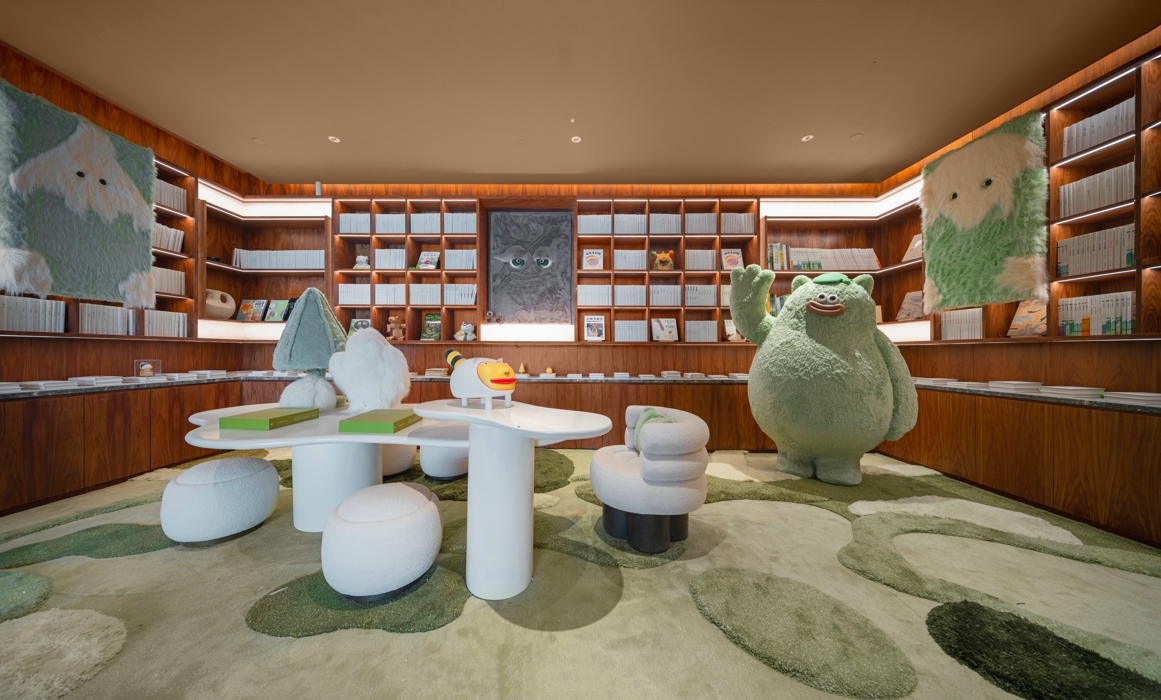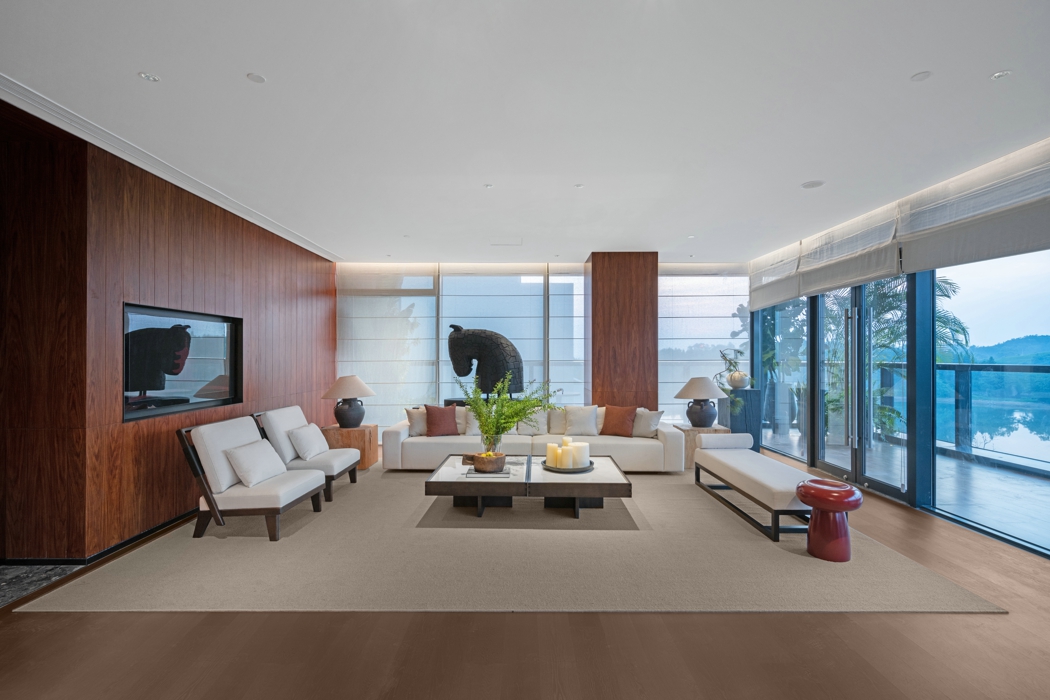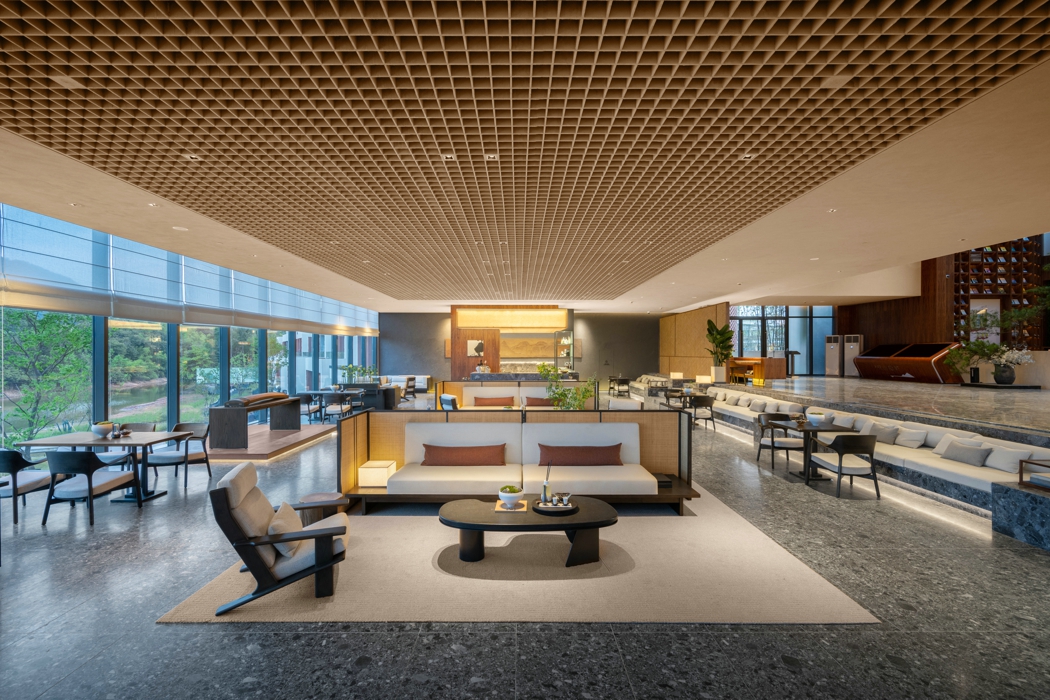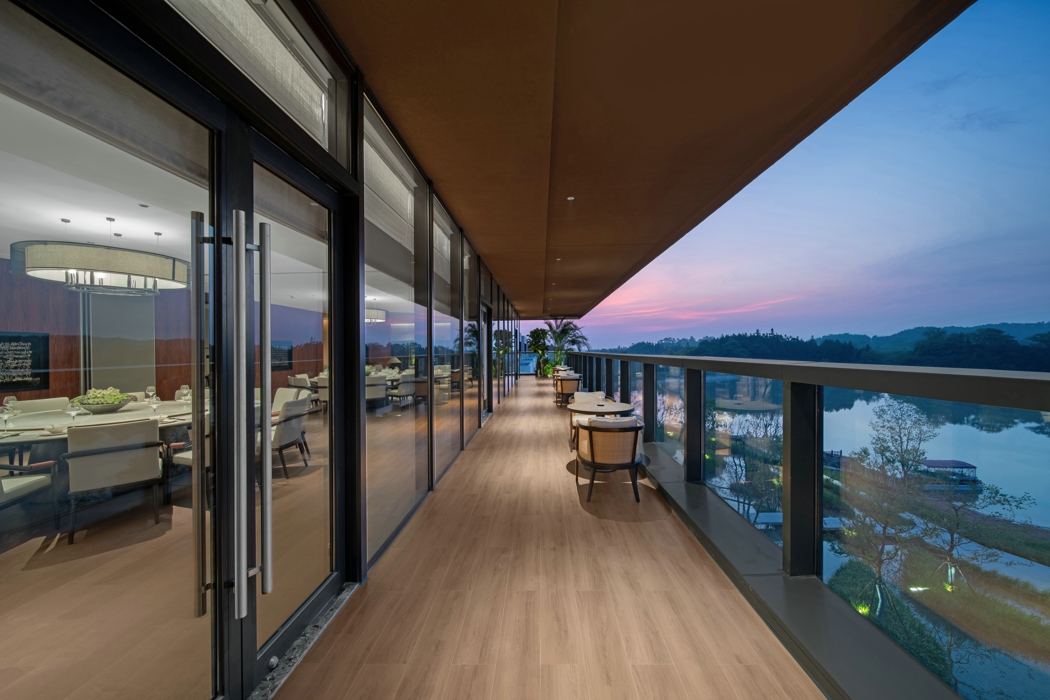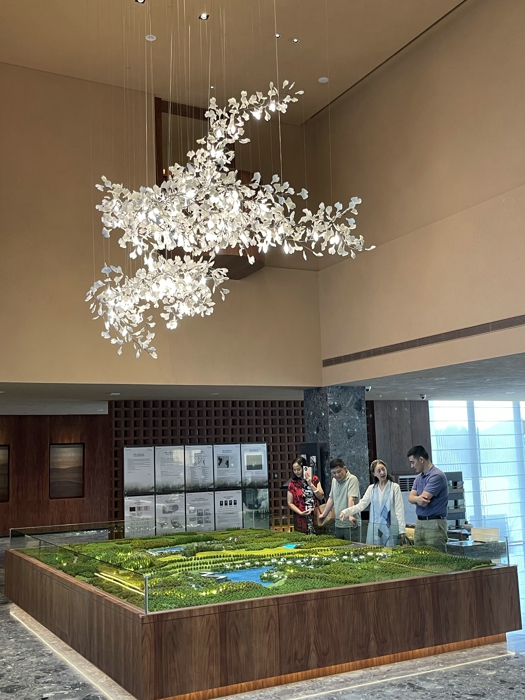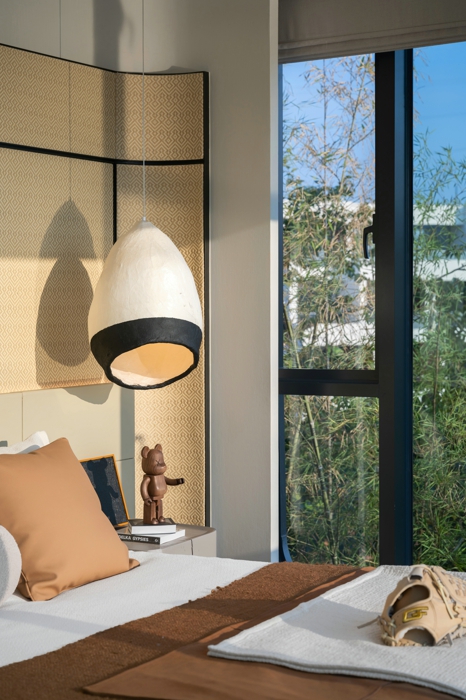Jinhua Wangshan·Yinlu Resort
Project Information
- Project Location:
- China Jinhua, Zhejing
- Design Time:
- 2021
- Build Time:
- 2022
Project Profile
1. Project Statement
The project plot is located in Wushiping Village, Changshan Township, in the south of Wucheng District, Jinhua City. Surrounding the key reservoir resources of towns and villages. Sharing the pure and natural pastoral scenery of Changshan Township and the pastoral farming culture of "the vast and continuous fields". It is about 3 kilometers away from the South Erhuan Road and about 20 minutes by car from the downtown area. The geographical position is superior and the transportation is convenient. The surrounding area has good ecological and cultural resources.
The hotel is positioned as a resort boutique hotel, with 96 rooms, designed for leisure and vacation, education and research, local culture and art exhibition and other functions, creating a distinctive design hotel.
The building is divided into three areas. The north area is the guest room area, which is mainly equipped with standard guest rooms, public corridors, linen elevators and other functions; the middle area is the public service area, which mainly arranges the hotel entrance hall, lobby, banquet hall, restaurant, Kitchen, logistics services and other functions; the southern area is the guest room area, mainly equipped with standard guest rooms, public corridors, linen building elevators and other functions, and also equipped with supporting rooms such as property management rooms, public toilets, and smart express delivery points.
2. Objective and Challenge
We hope to fully respect the characteristics of the site, minimize damage to the ecological environment of the base, better fit the site, and integrate the building with the forest and reservoir.
The project is the third batch of pilot projects for hillside villages and towns in Zhejiang Province, and the first pilot project for hillside villages and towns in Wucheng District, Jinhua City. It is of great social significance.
3. Design Strategy
The architectural design concept follows the core ecological concept of Professor Yu Kongjian, systematically sorts out the ecological conditions and natural resources in the site, and fully combines the current situation of the site with the local hydrological and natural ecological conditions in Jinhua for design.
The overall architectural design of the project fully respects the site conditions and the original topography, uses the current slope height difference and adopts methods such as stepping back to place the building mass within the red line appropriately, minimizing the amount of earthwork, and strictly controlling the subsequent construction on the site impact.
The overall architectural design of the project fully reflects the design concept of green buildings. Through the design of overhead, courtyards, vertical green walls, and local water systems, the microclimate is controlled, the microenvironment is improved, energy saving and emission reduction, and physical means and passive design concepts are used to respond to the site climate and reflect the future.
The overall architectural design of the project pays full attention to humanity and experience, and the space design, material selection, and function division are used to enhance the comfortable holiday experience as much as possible: the linkage between the overhead space and the landscape, the connection between the internal courtyard and the environment, the level of retreat and the site The space design techniques such as the echo of the above comprehensively create a humanized, ecological, and natural accommodation experience.
4. Conclusion
The overall positioning of the project meets the needs of boutique resort hotels, with reasonable functional flow.
The overall shape is rich and delicate in detail, coexisting with nature in a rich and quality way. Using the formal language of disintegration, the floor treatment strategy that fits the site, and finally the overall integration of the group building and the temperament of the mountain and forest.
